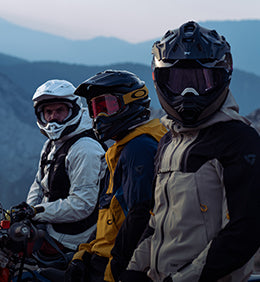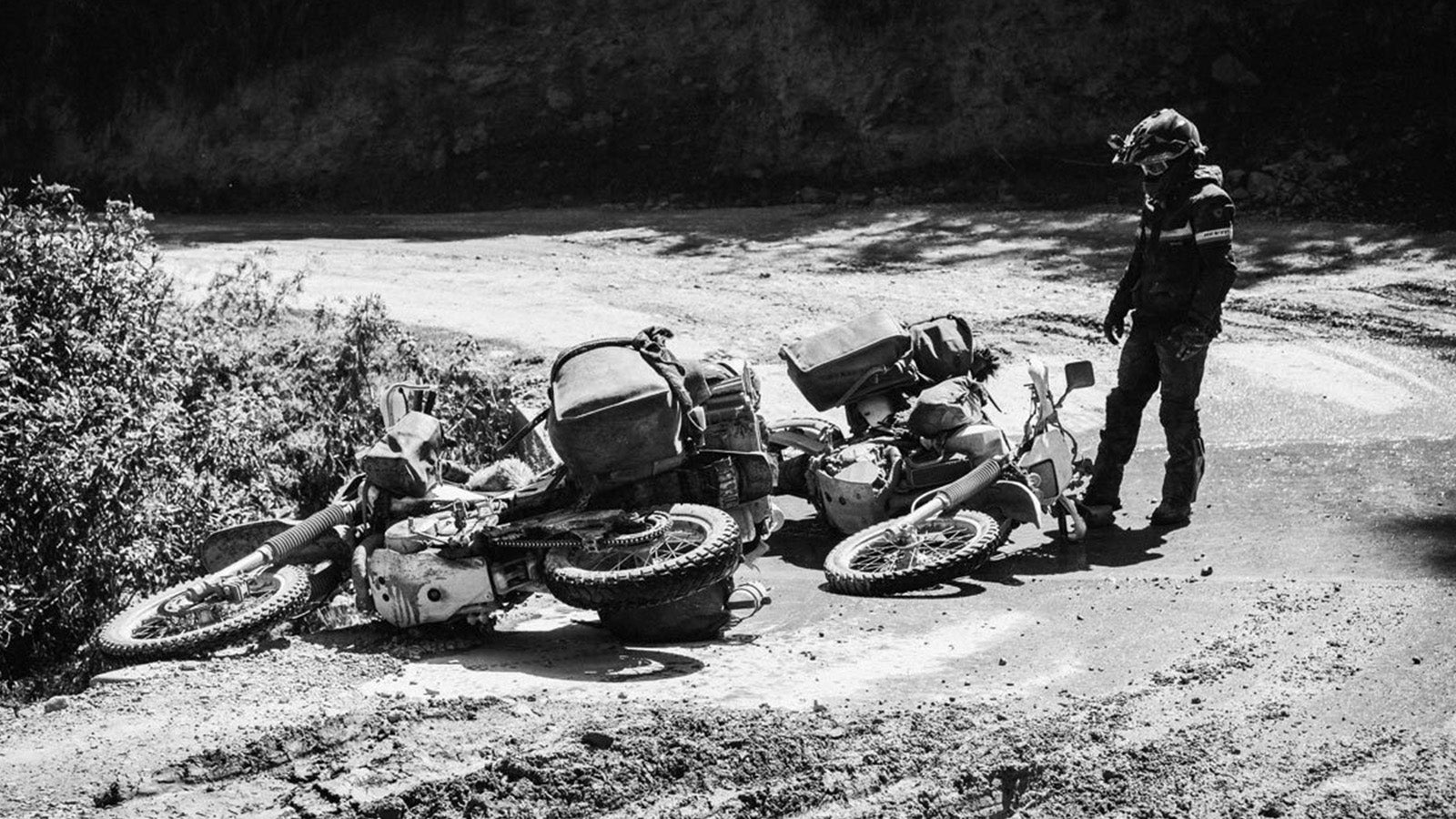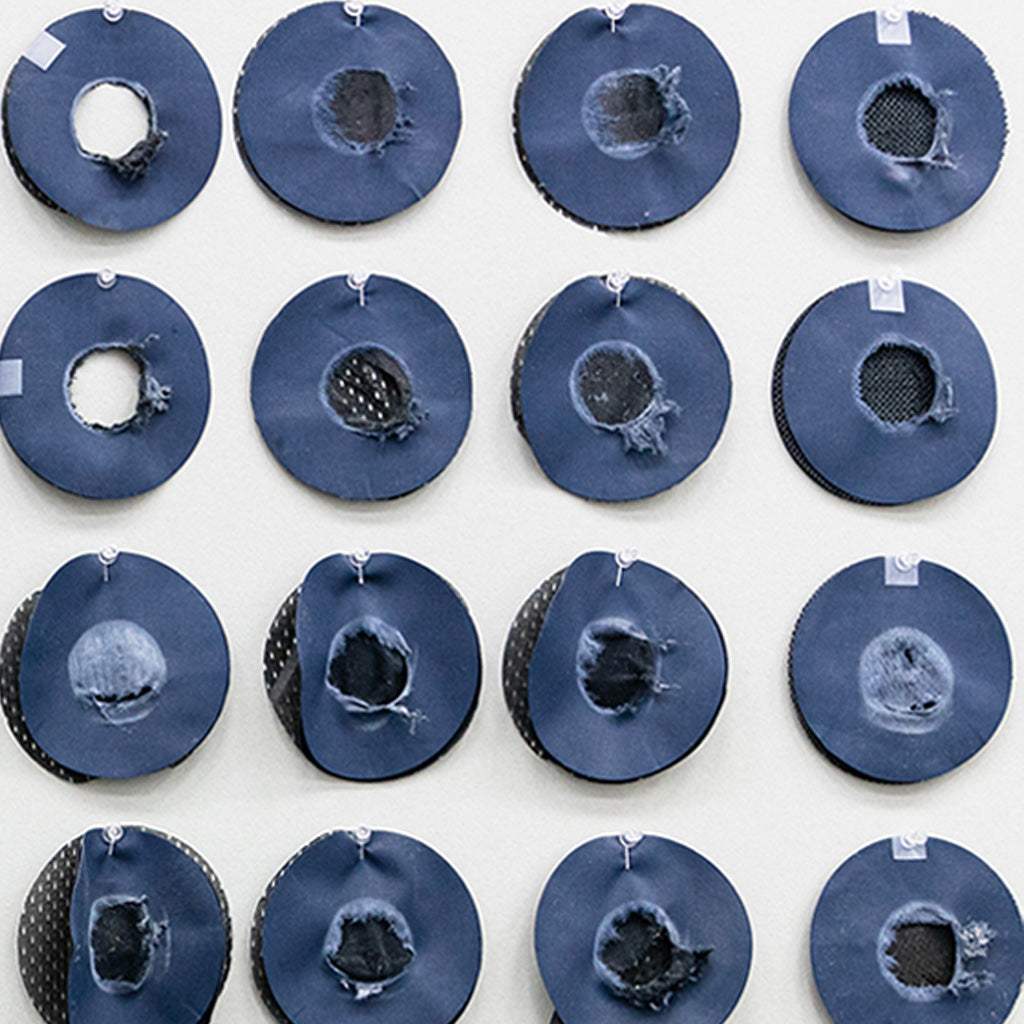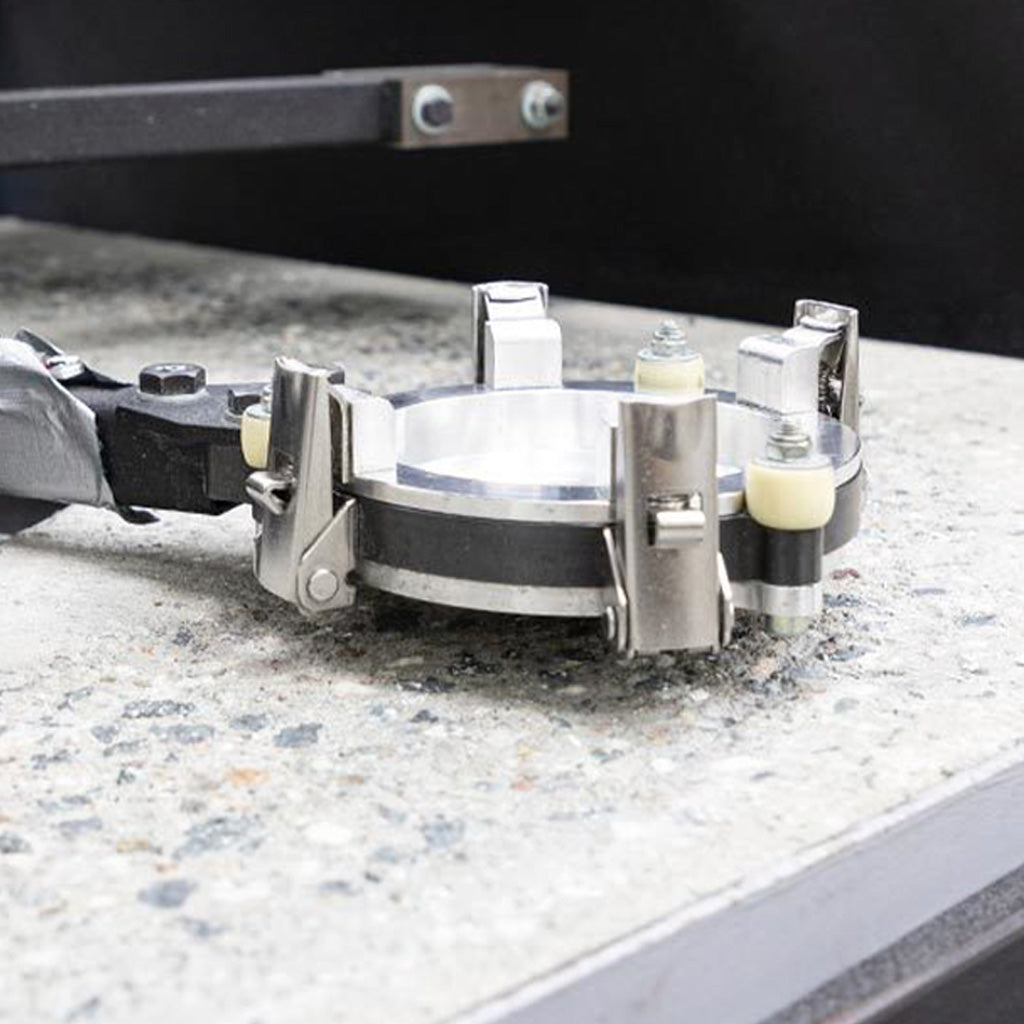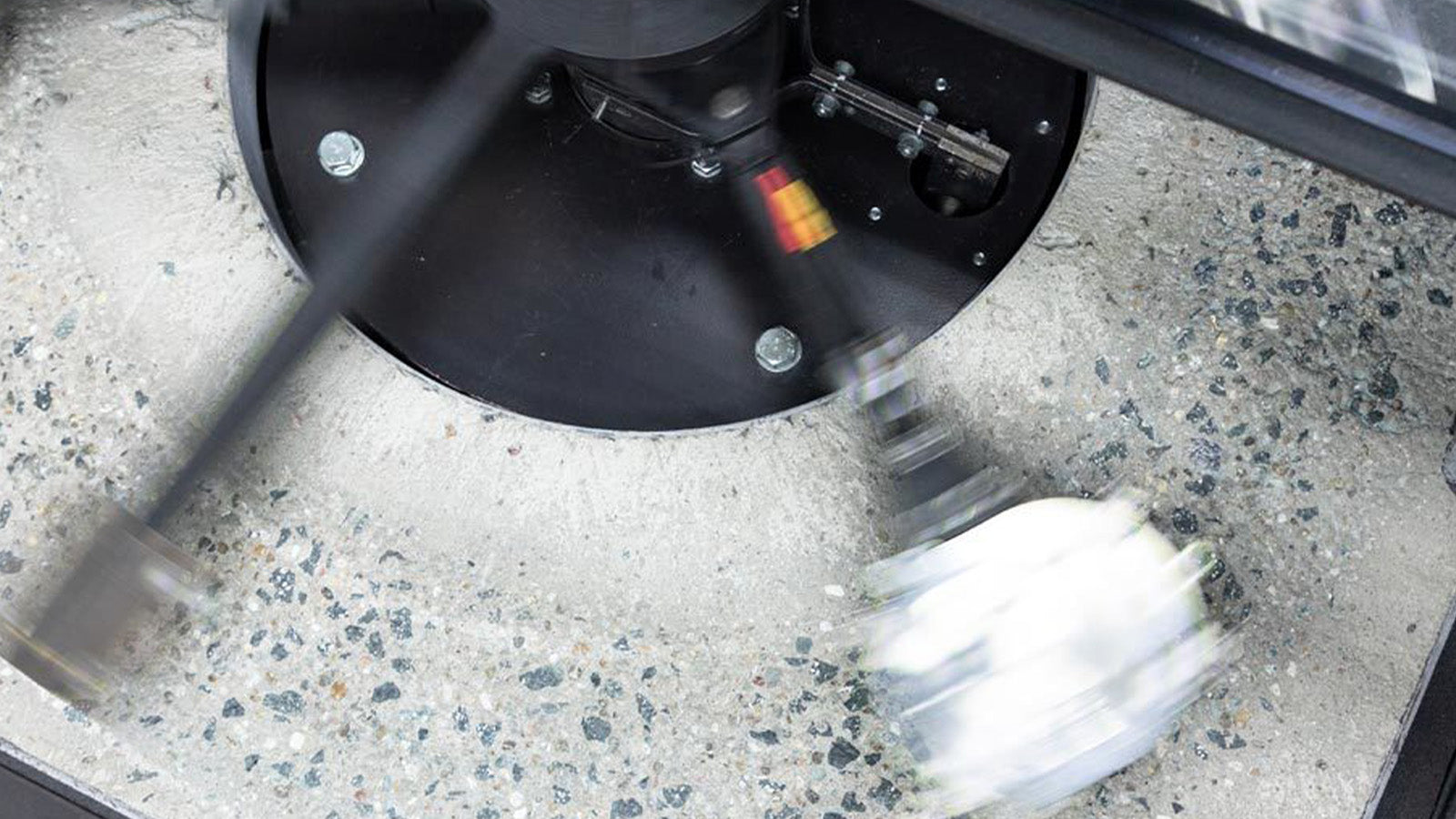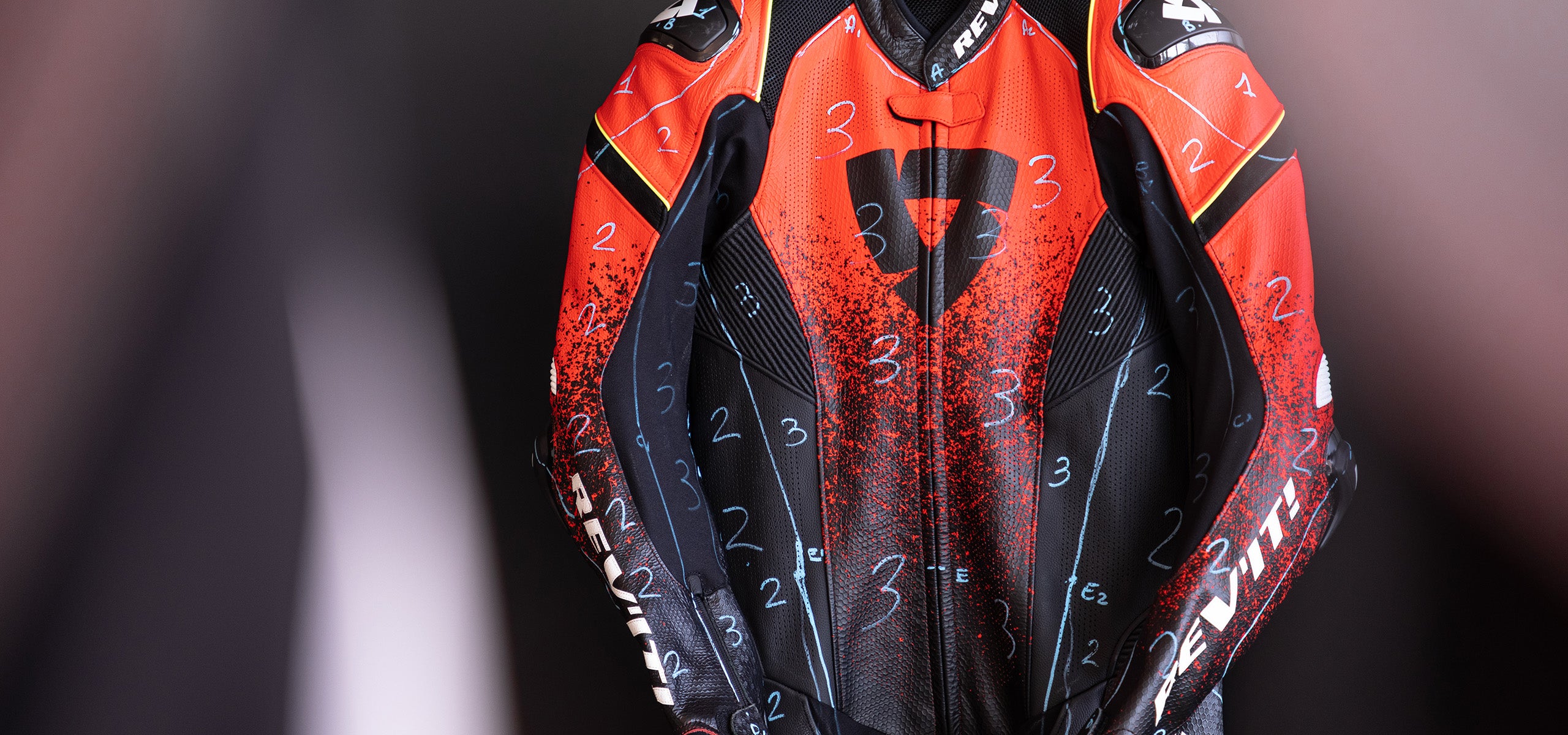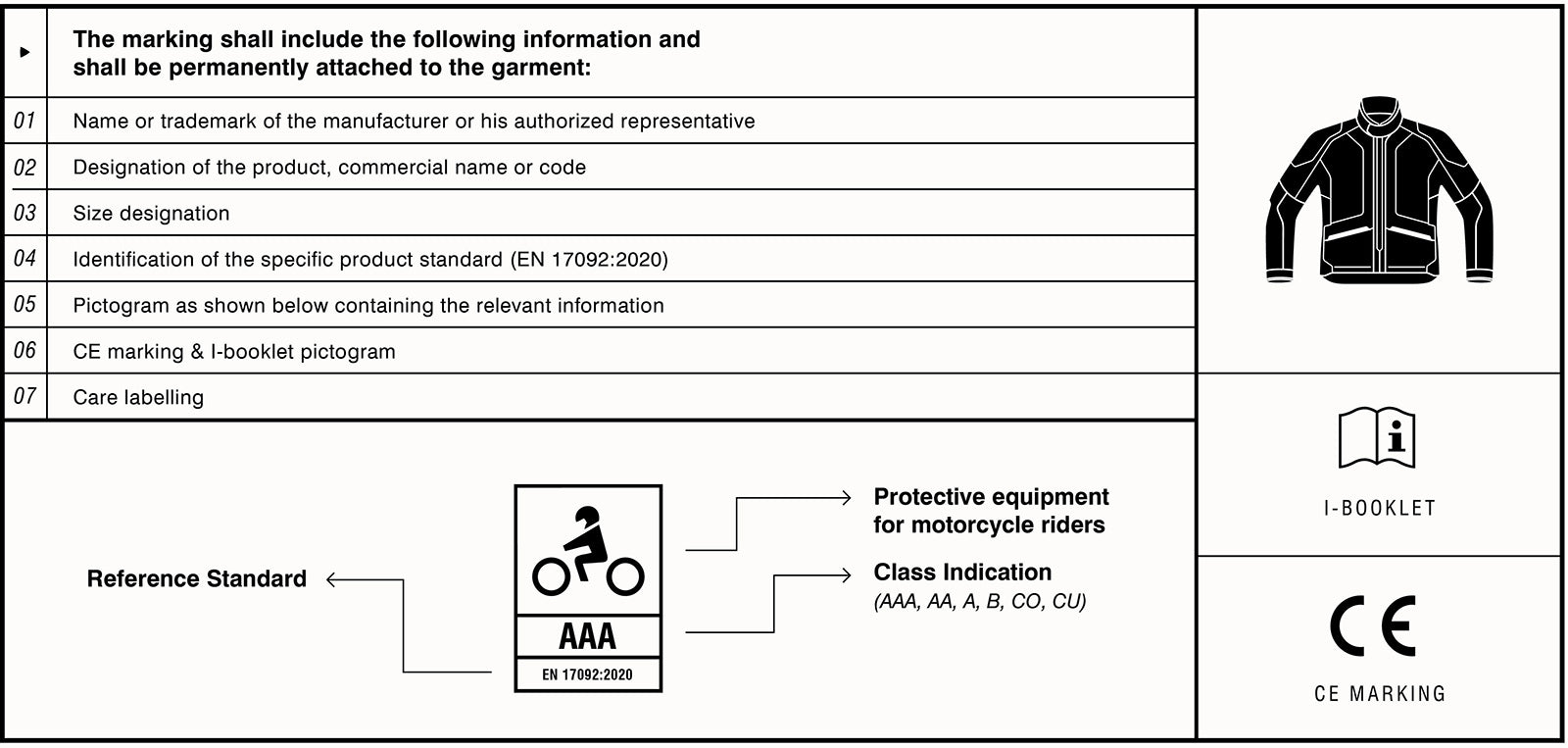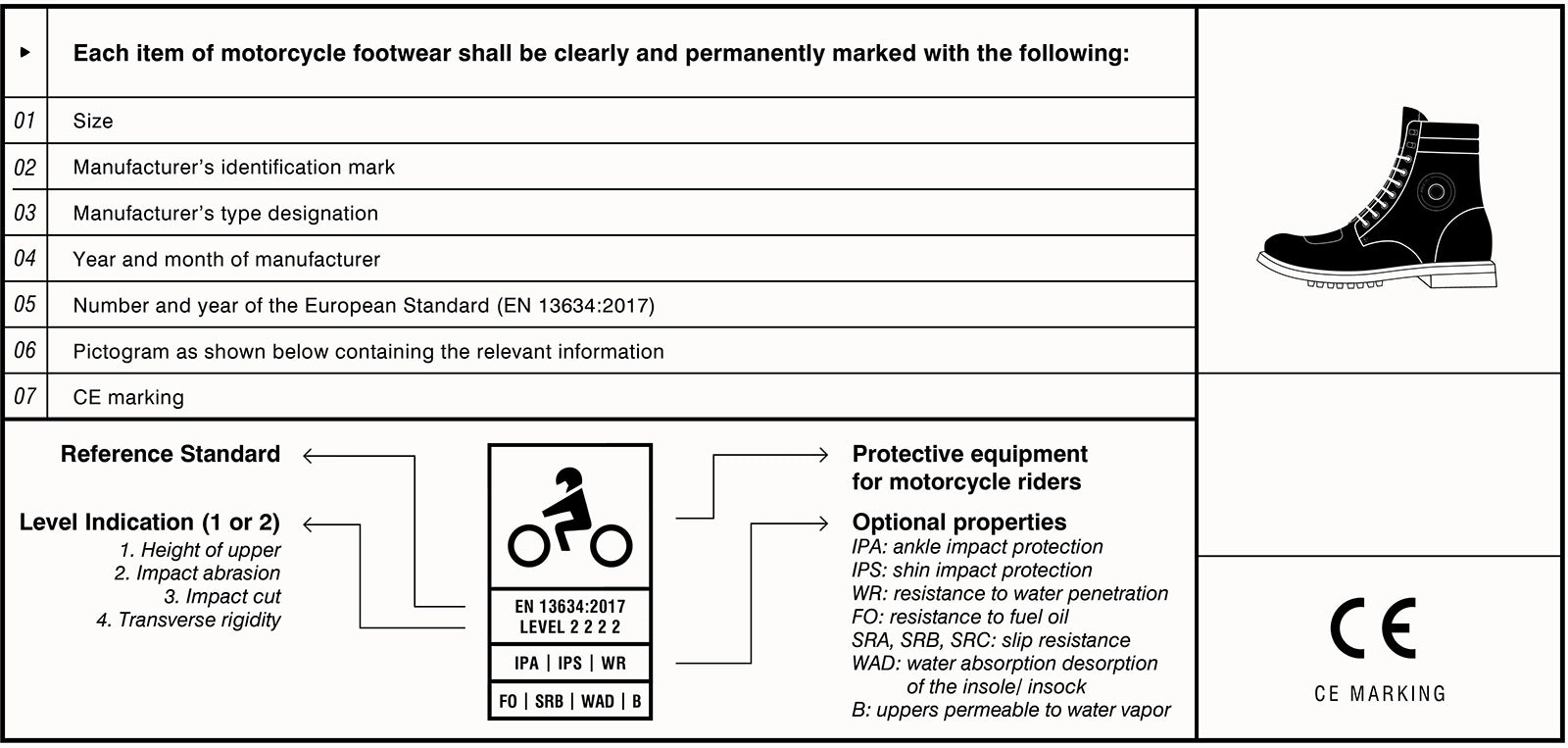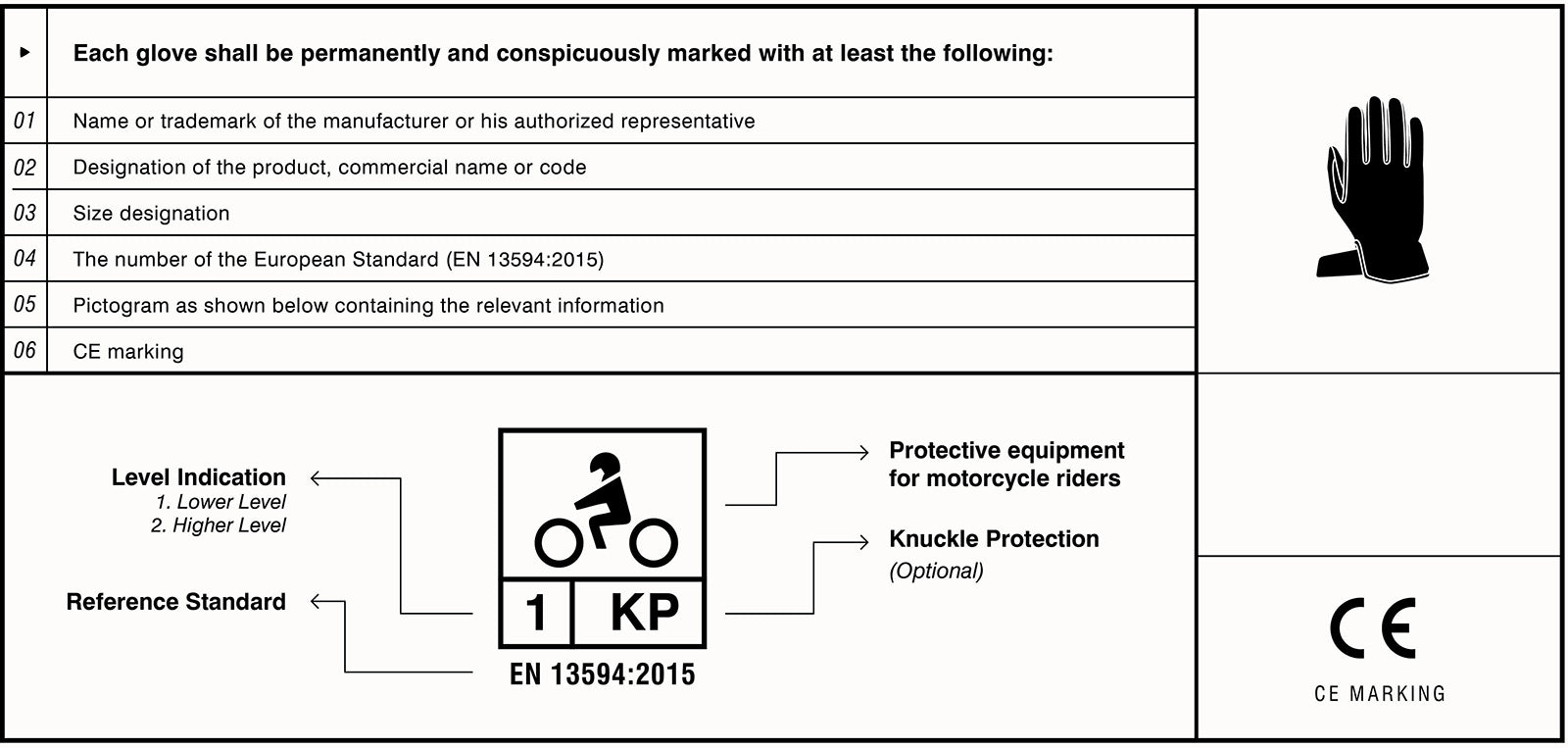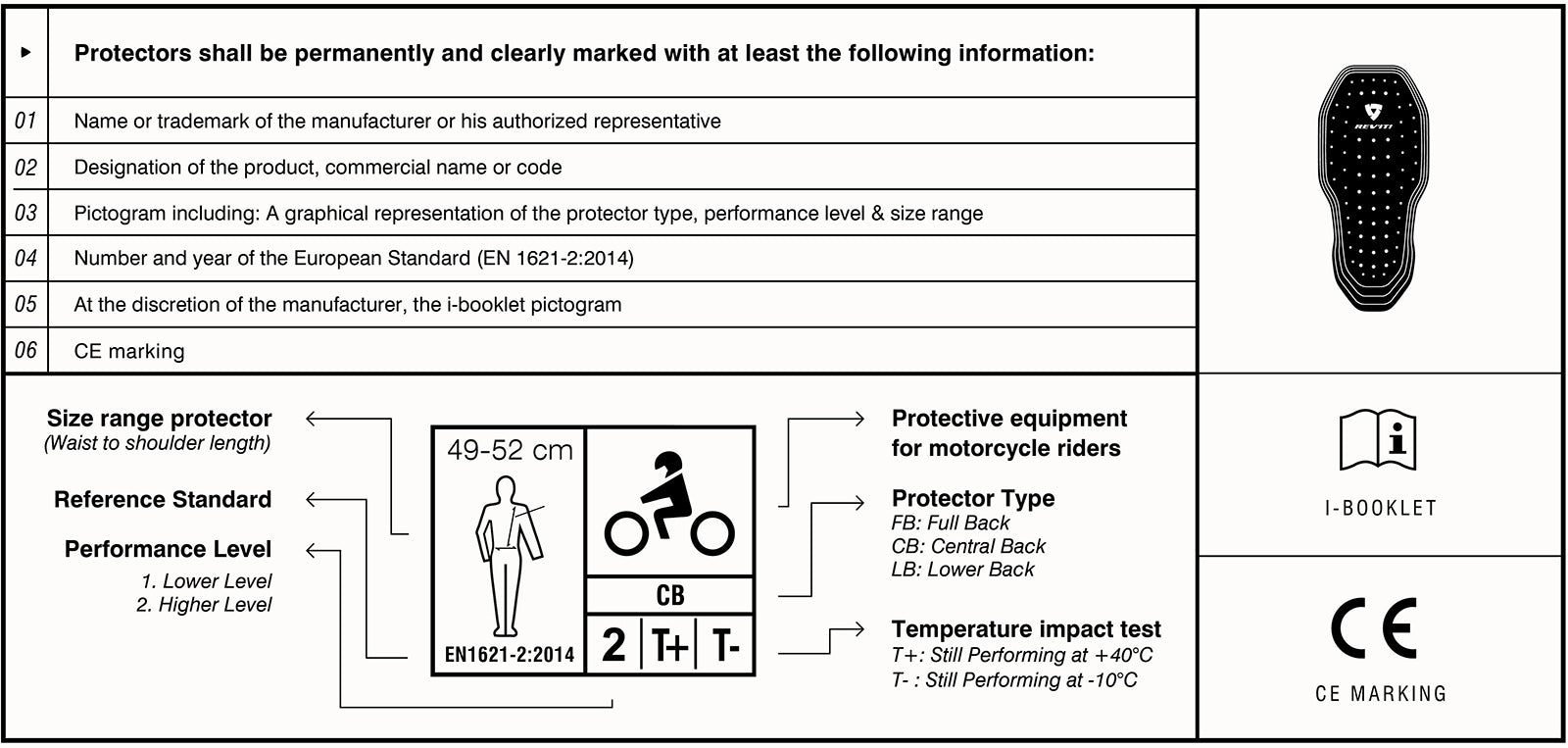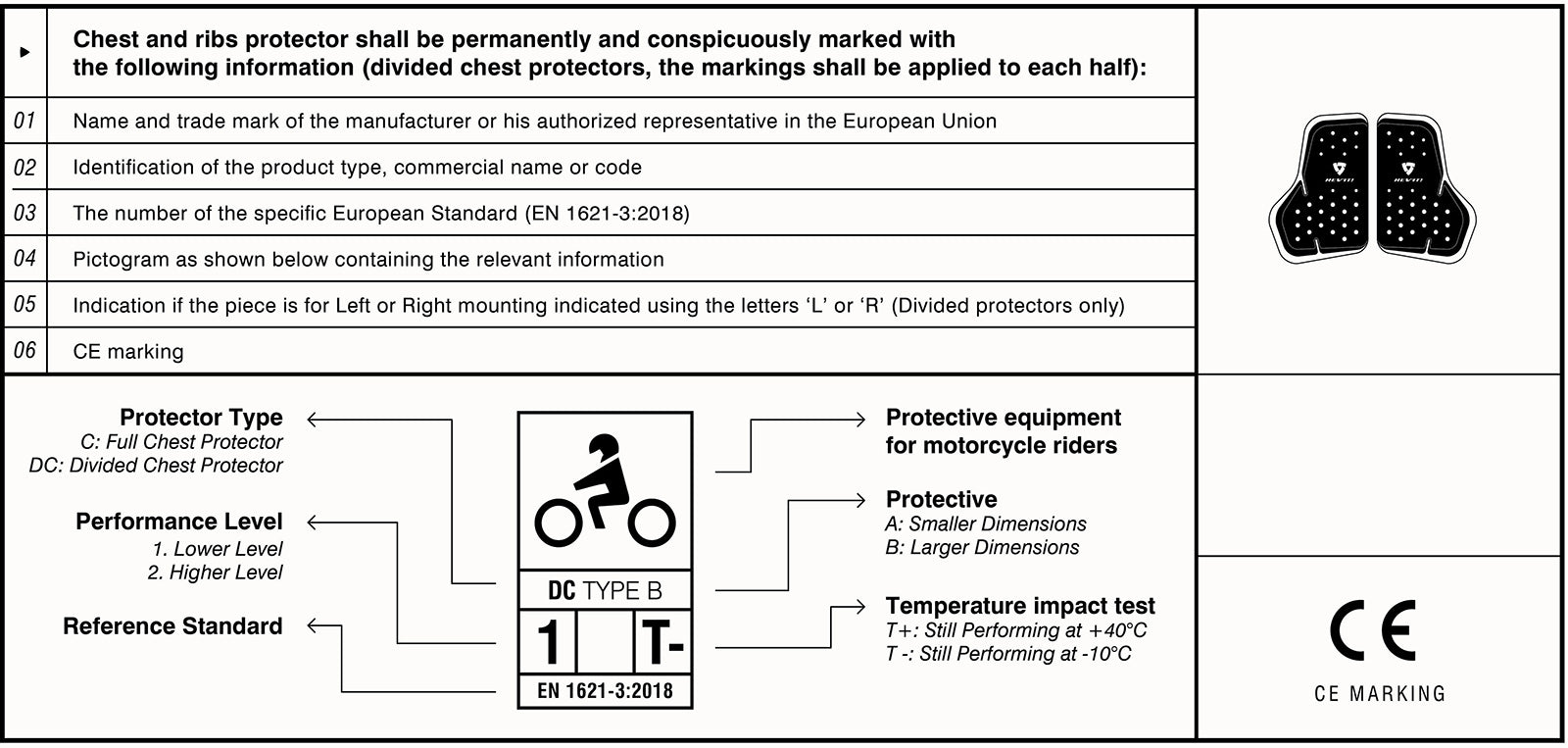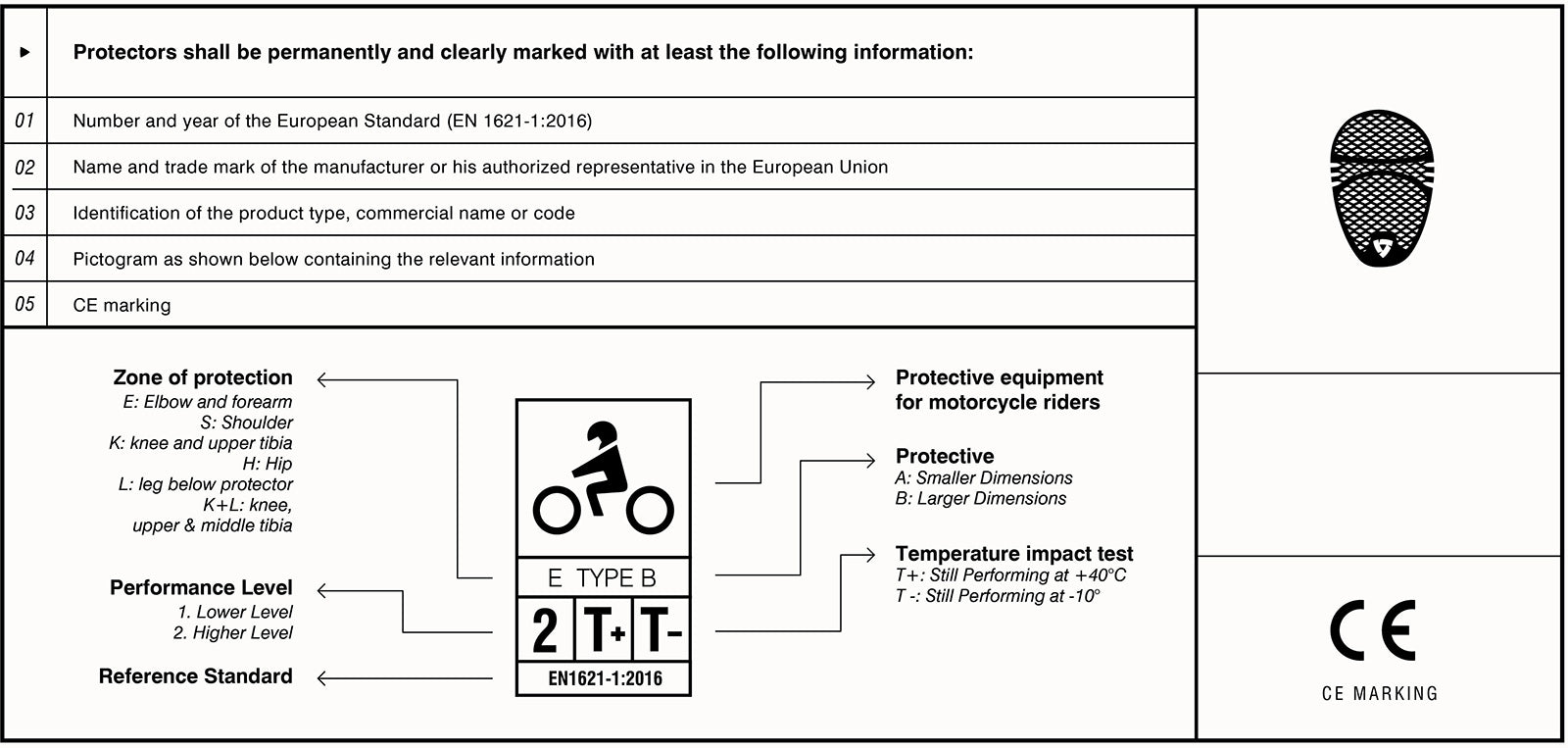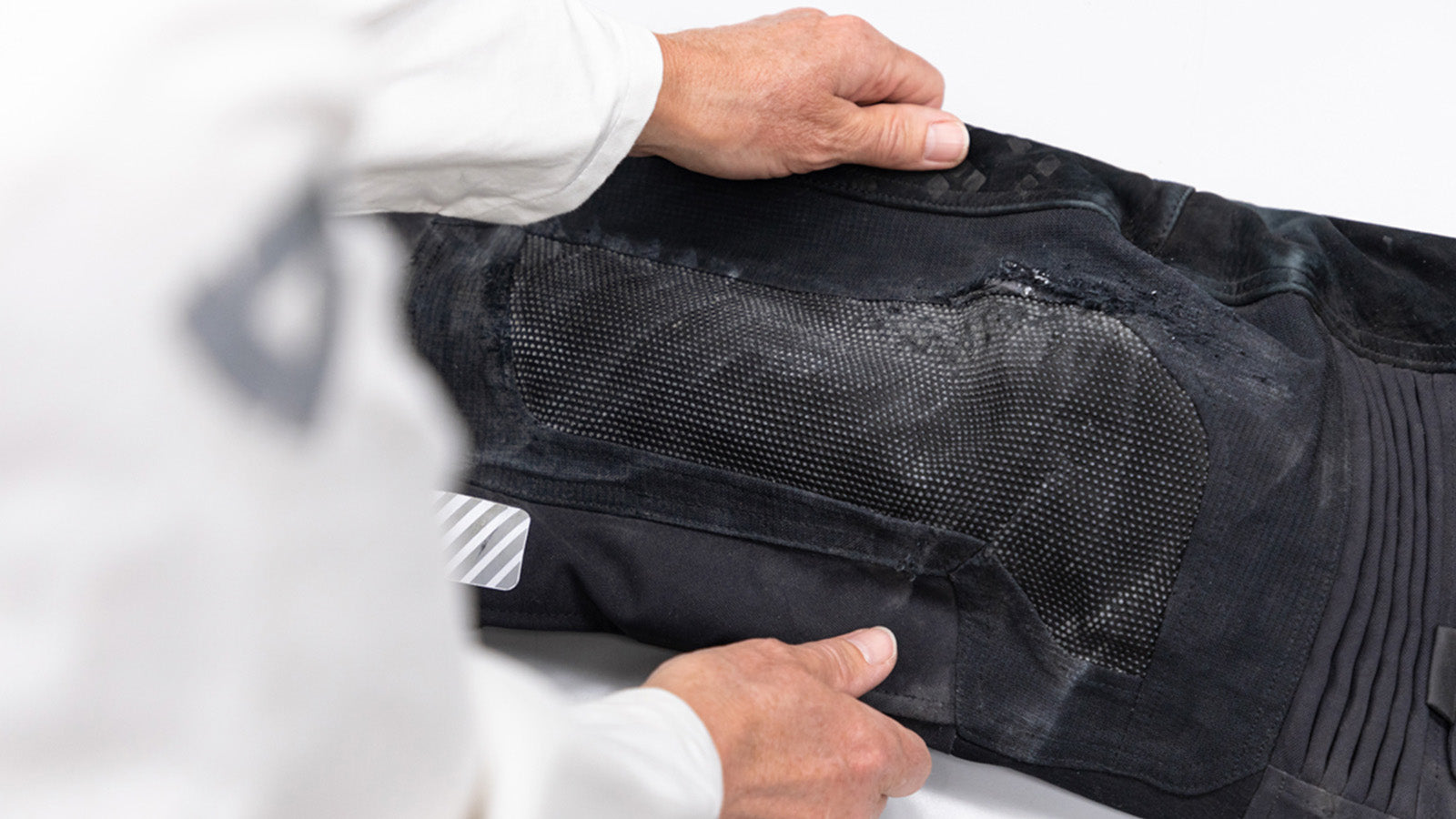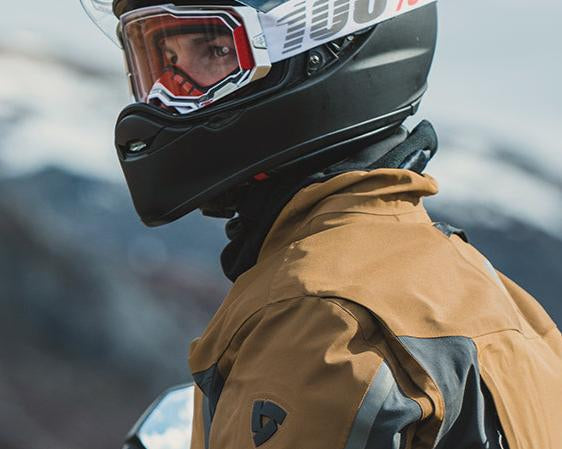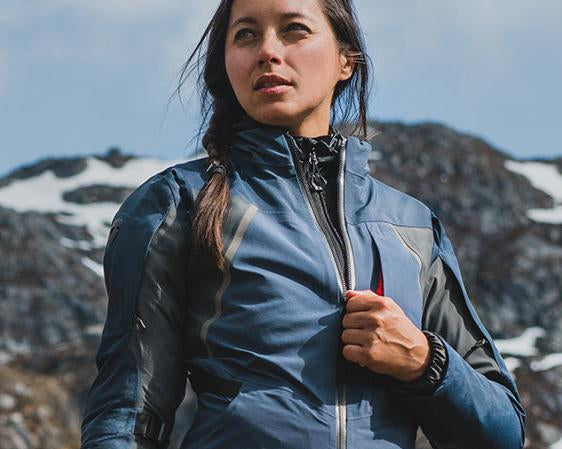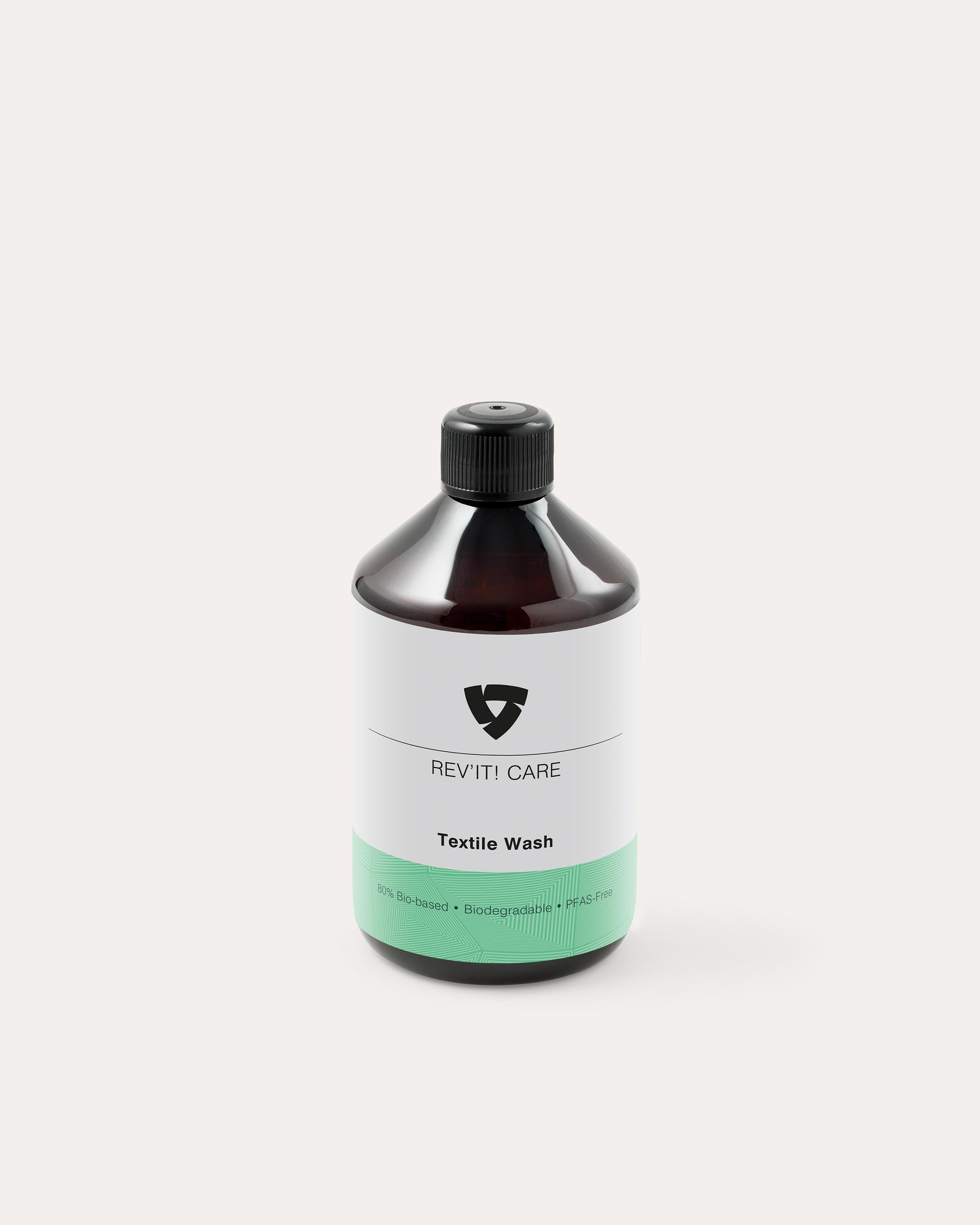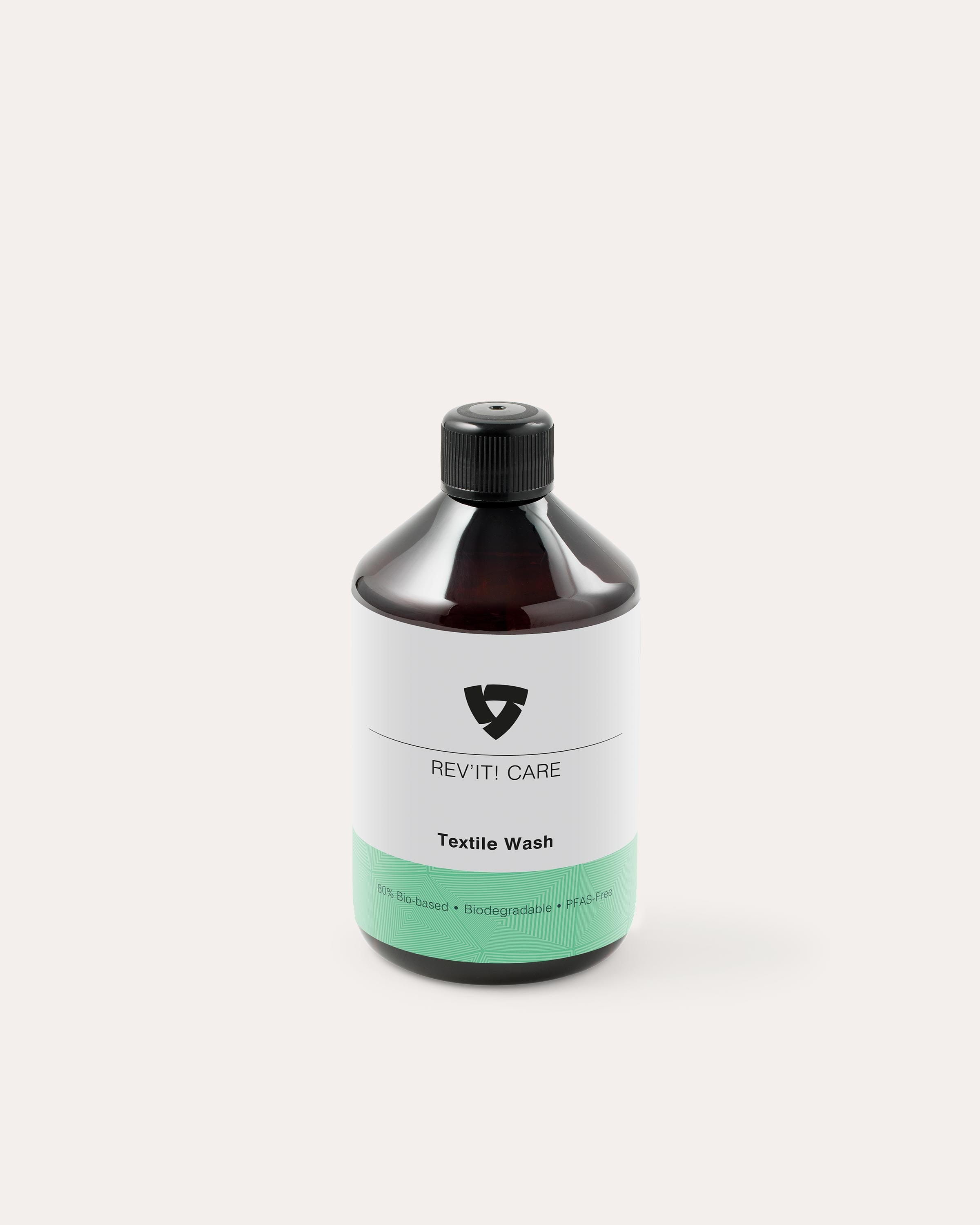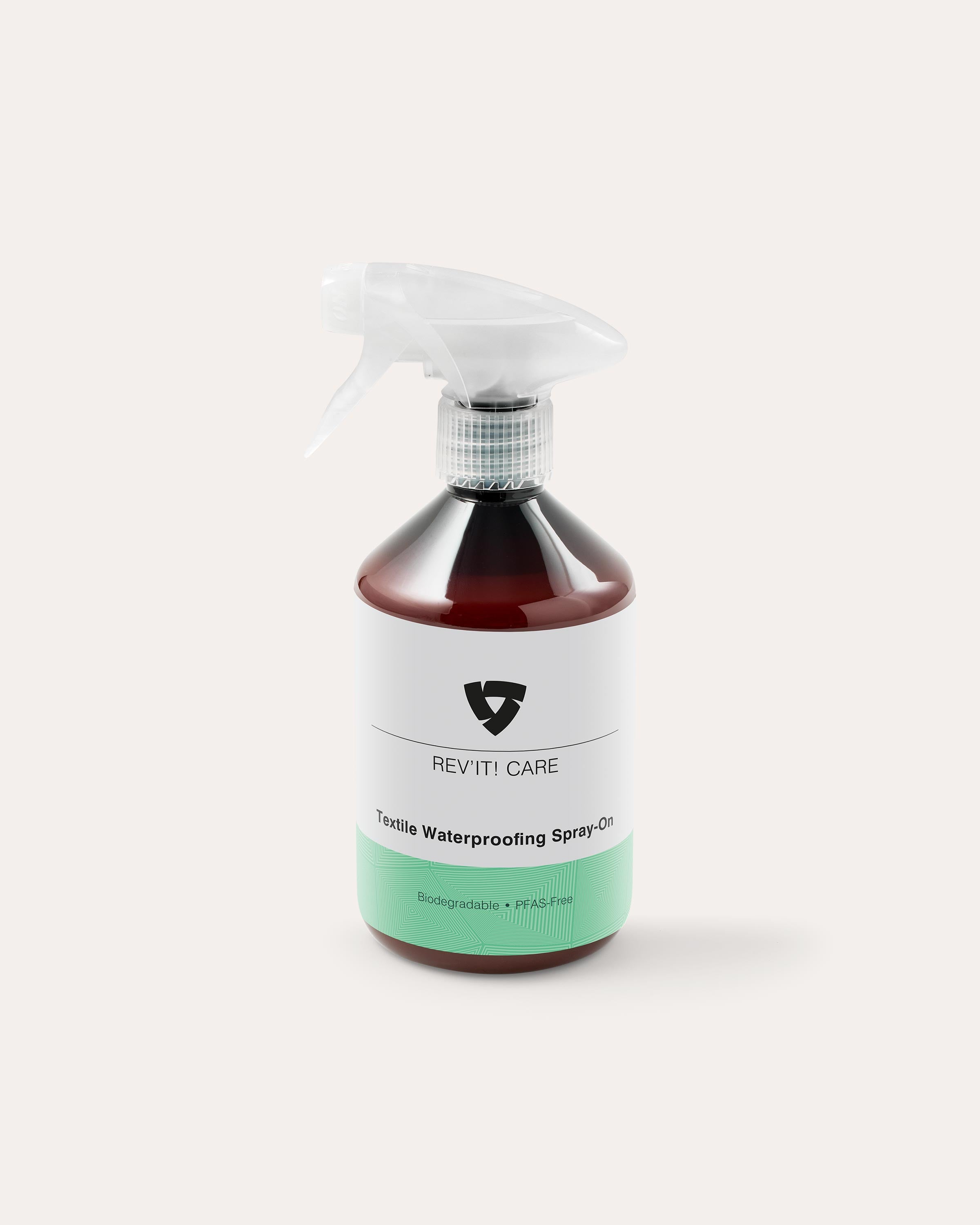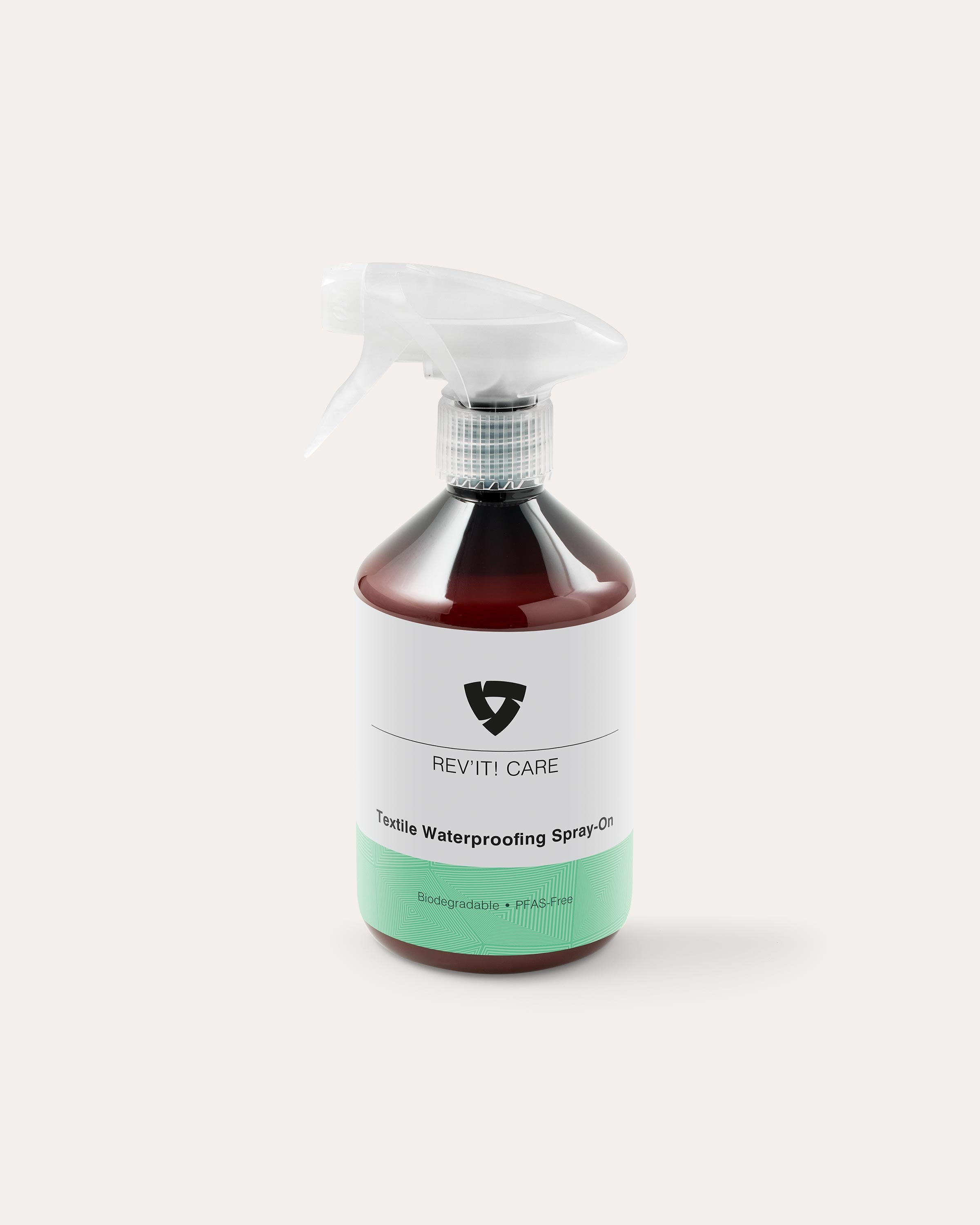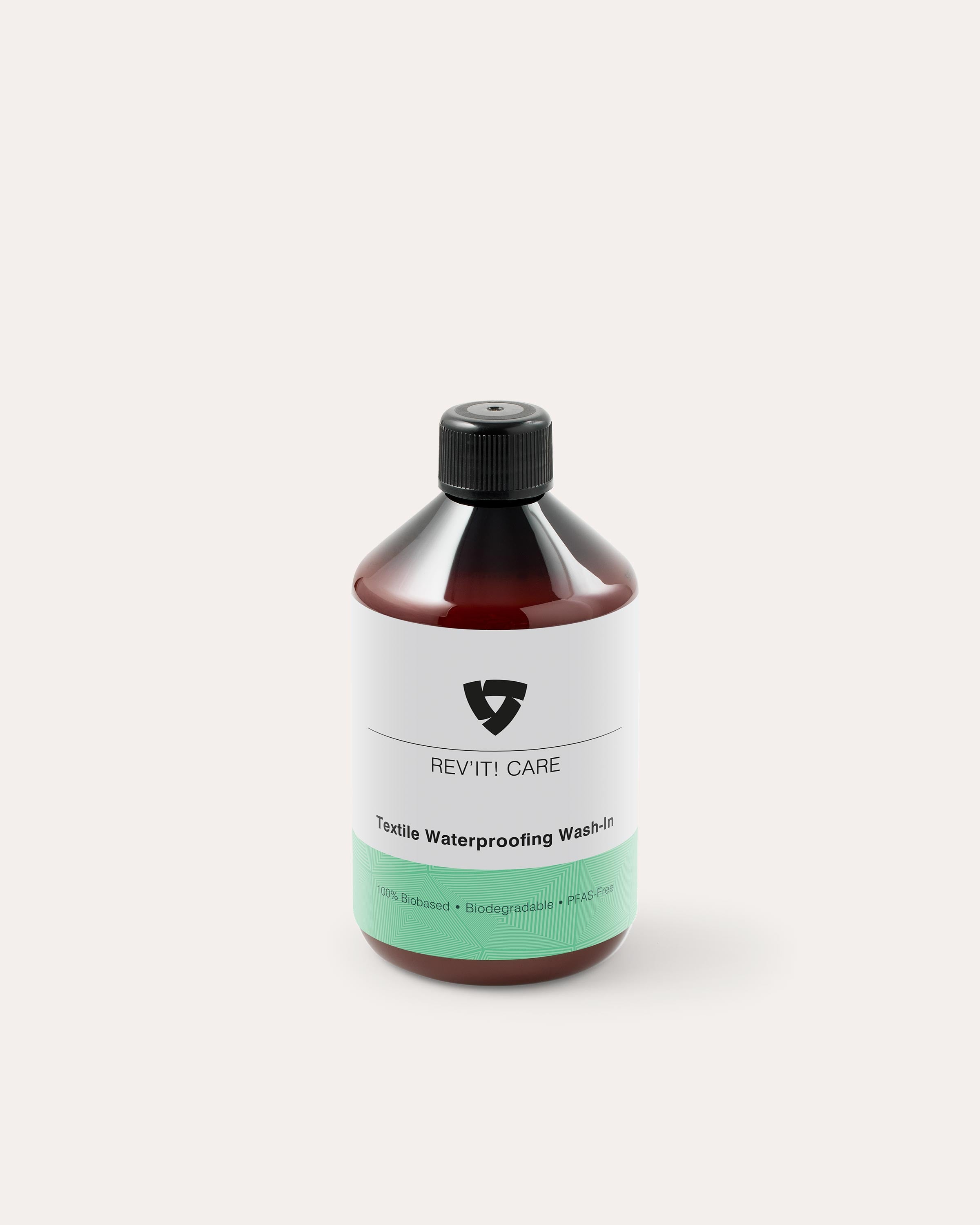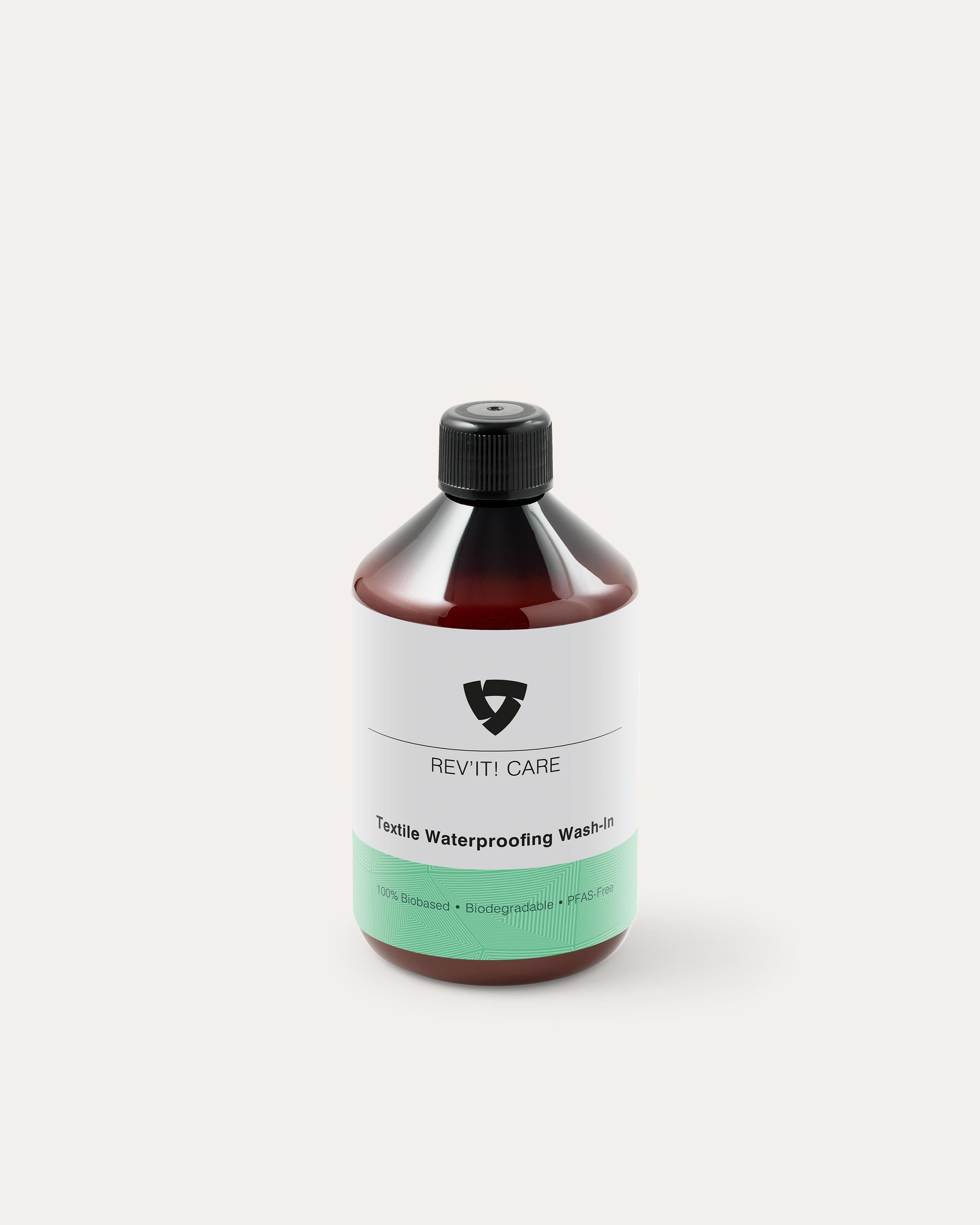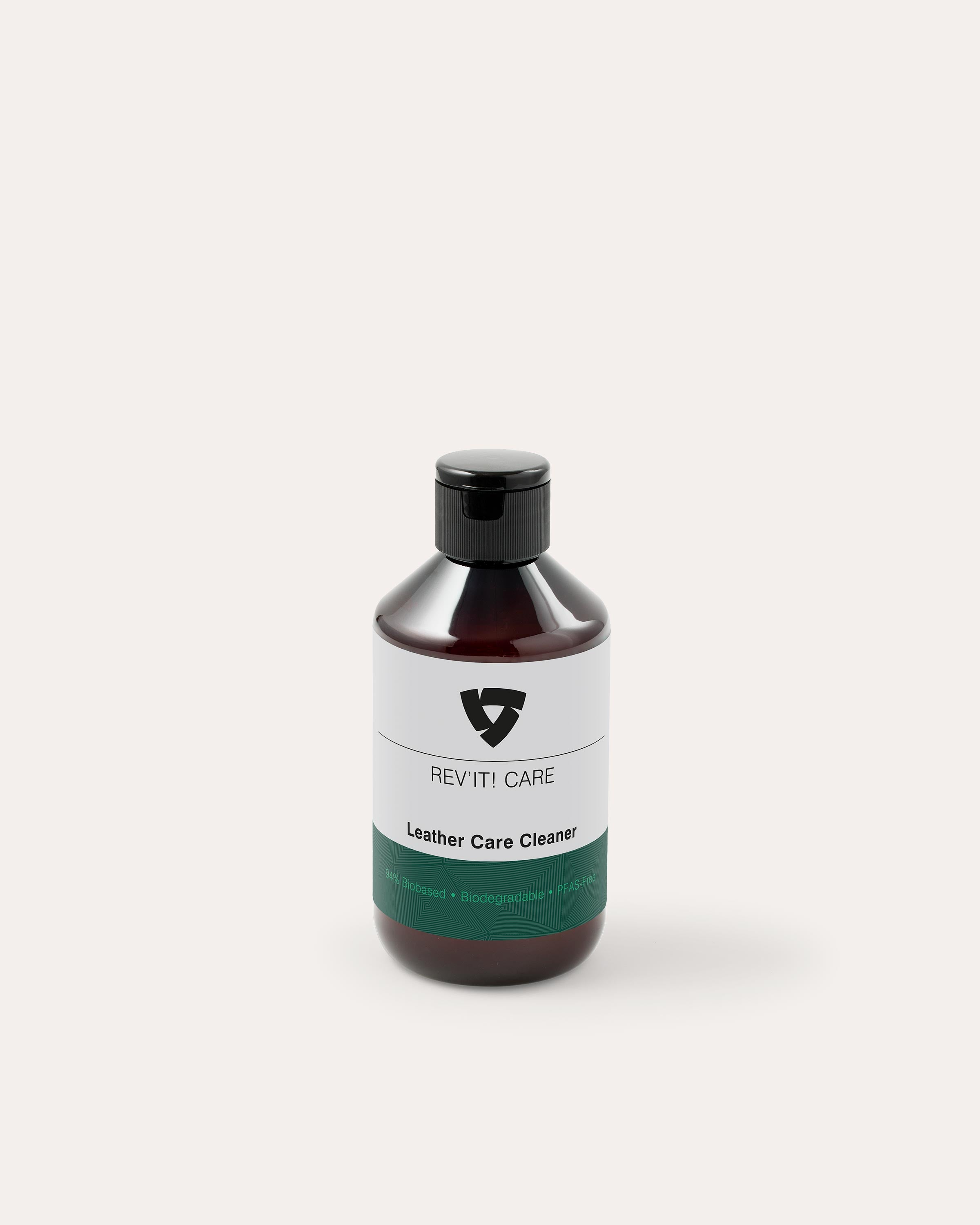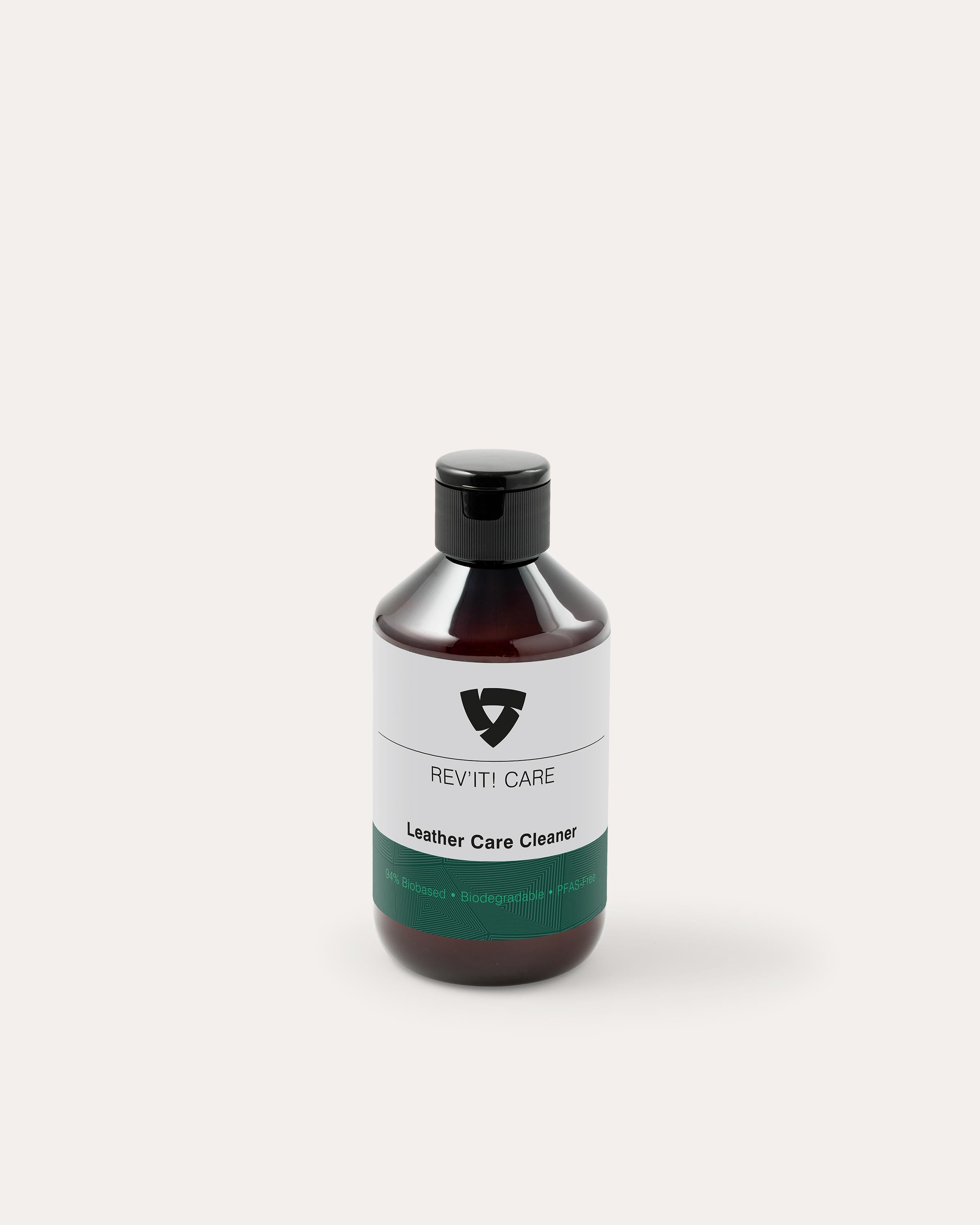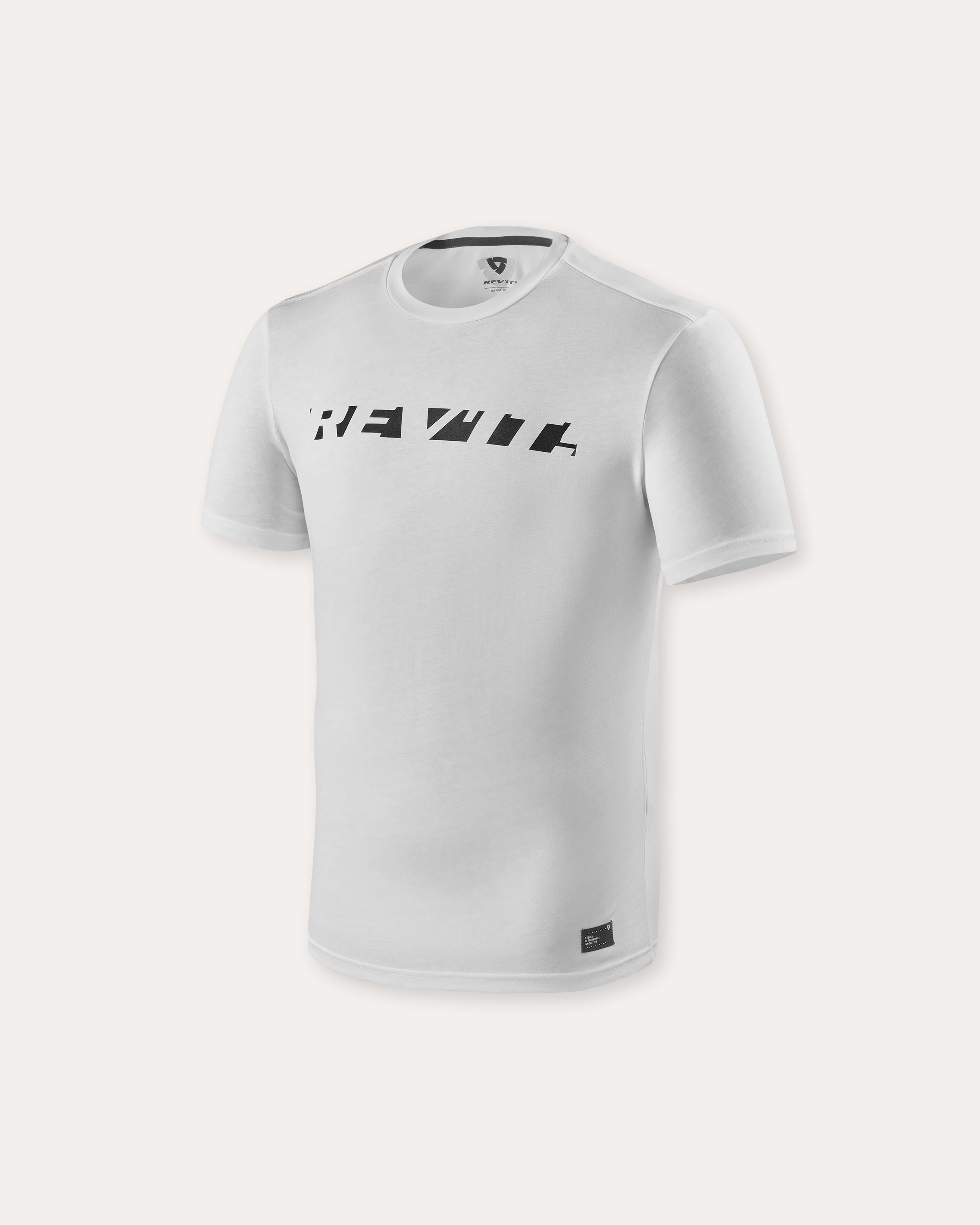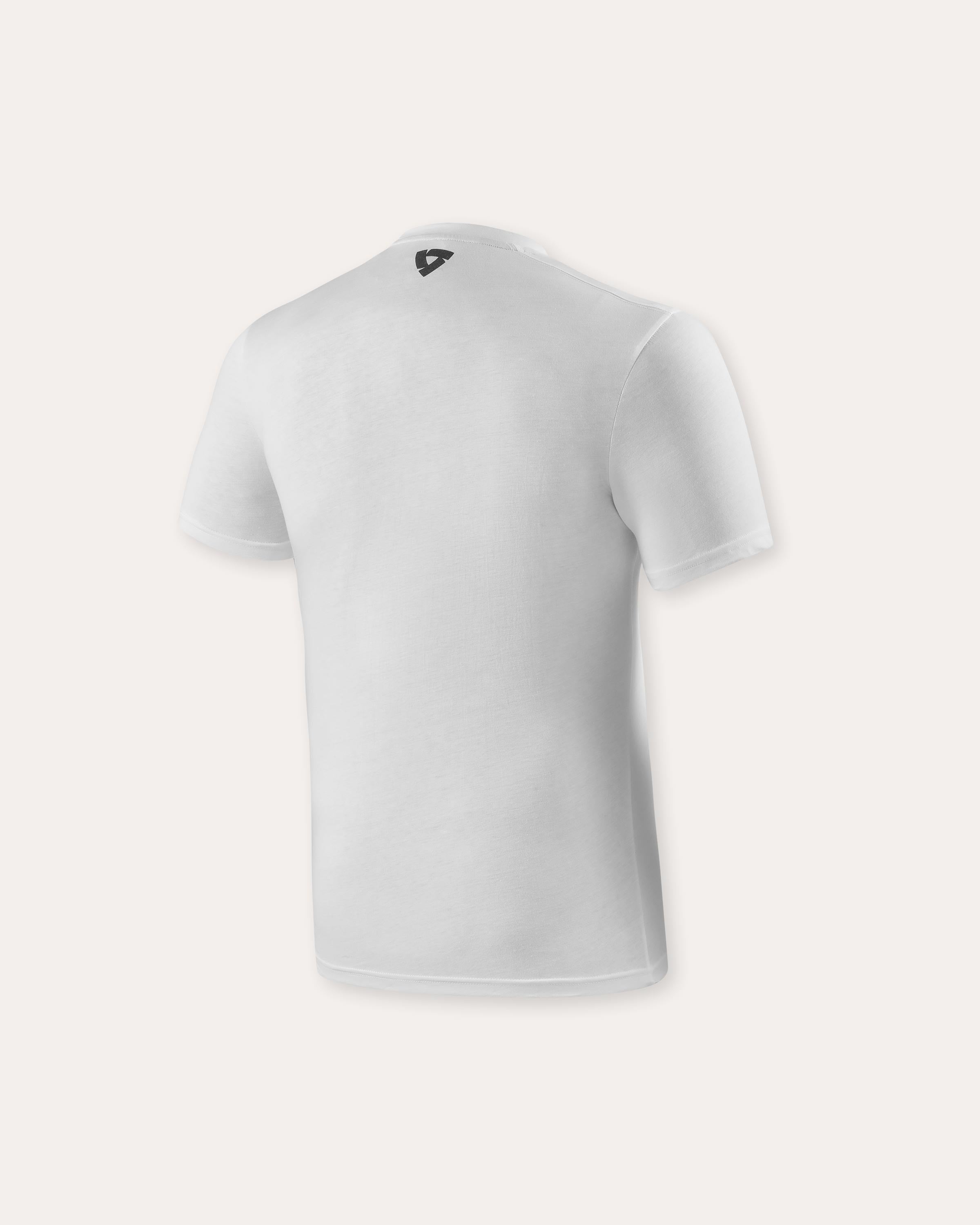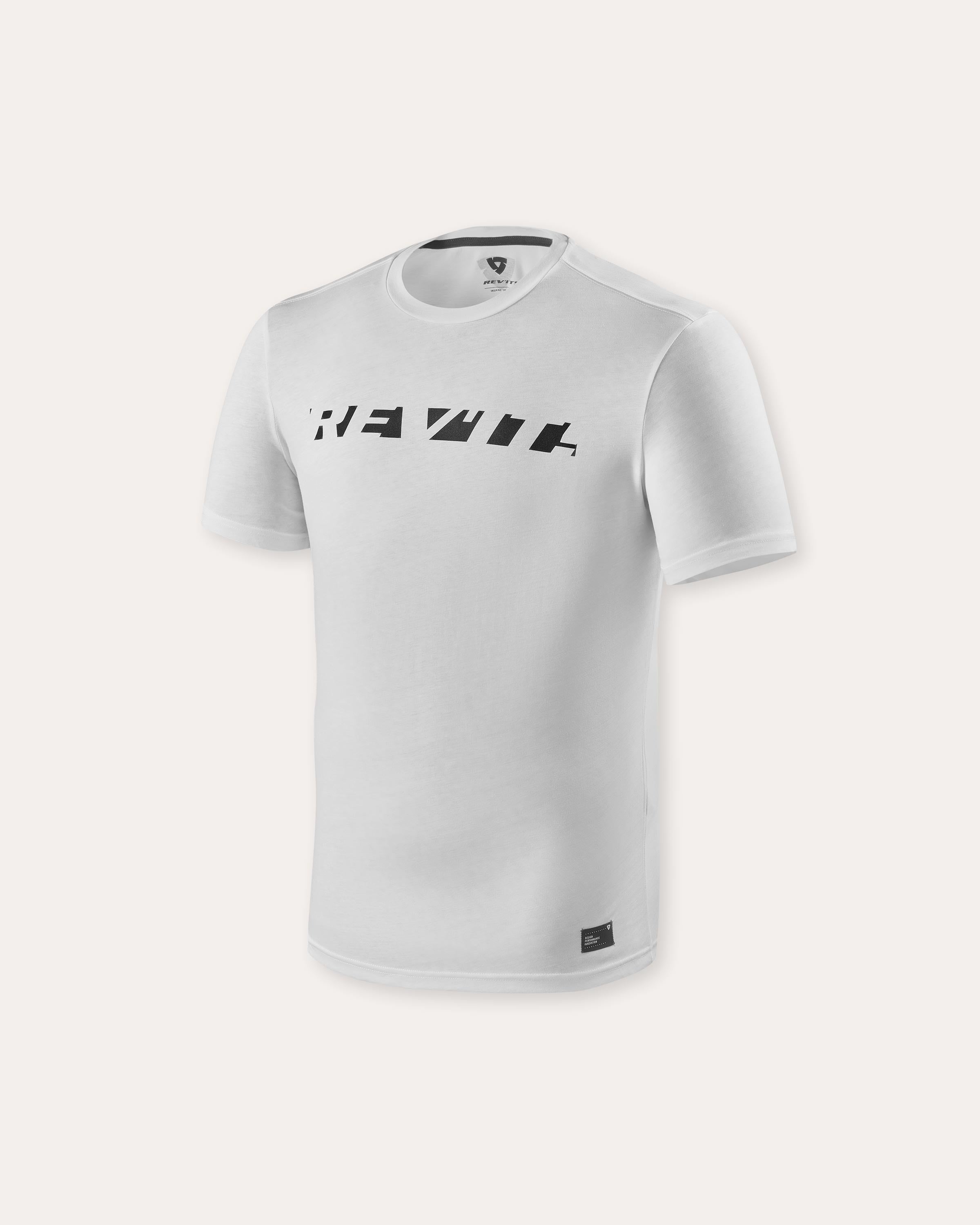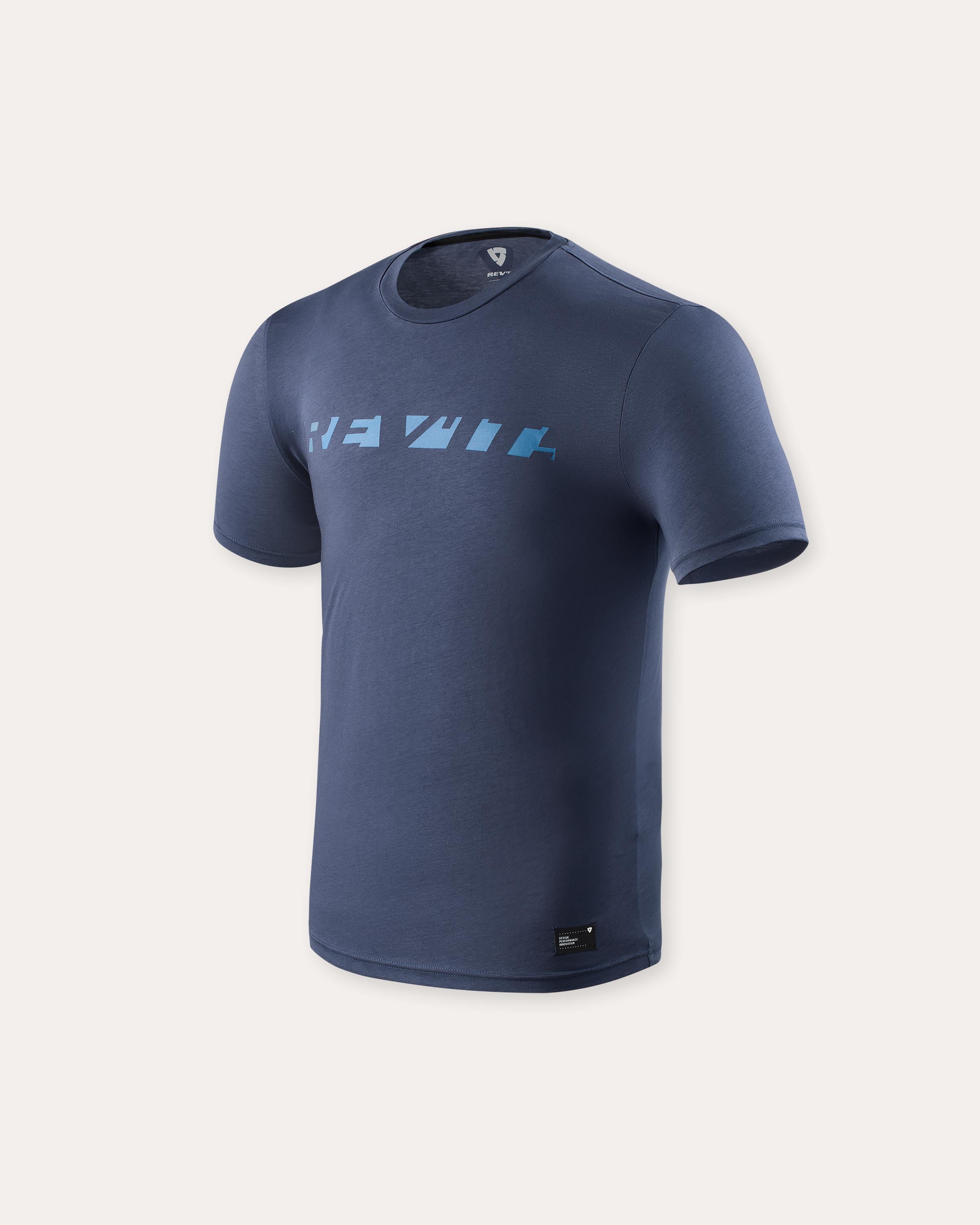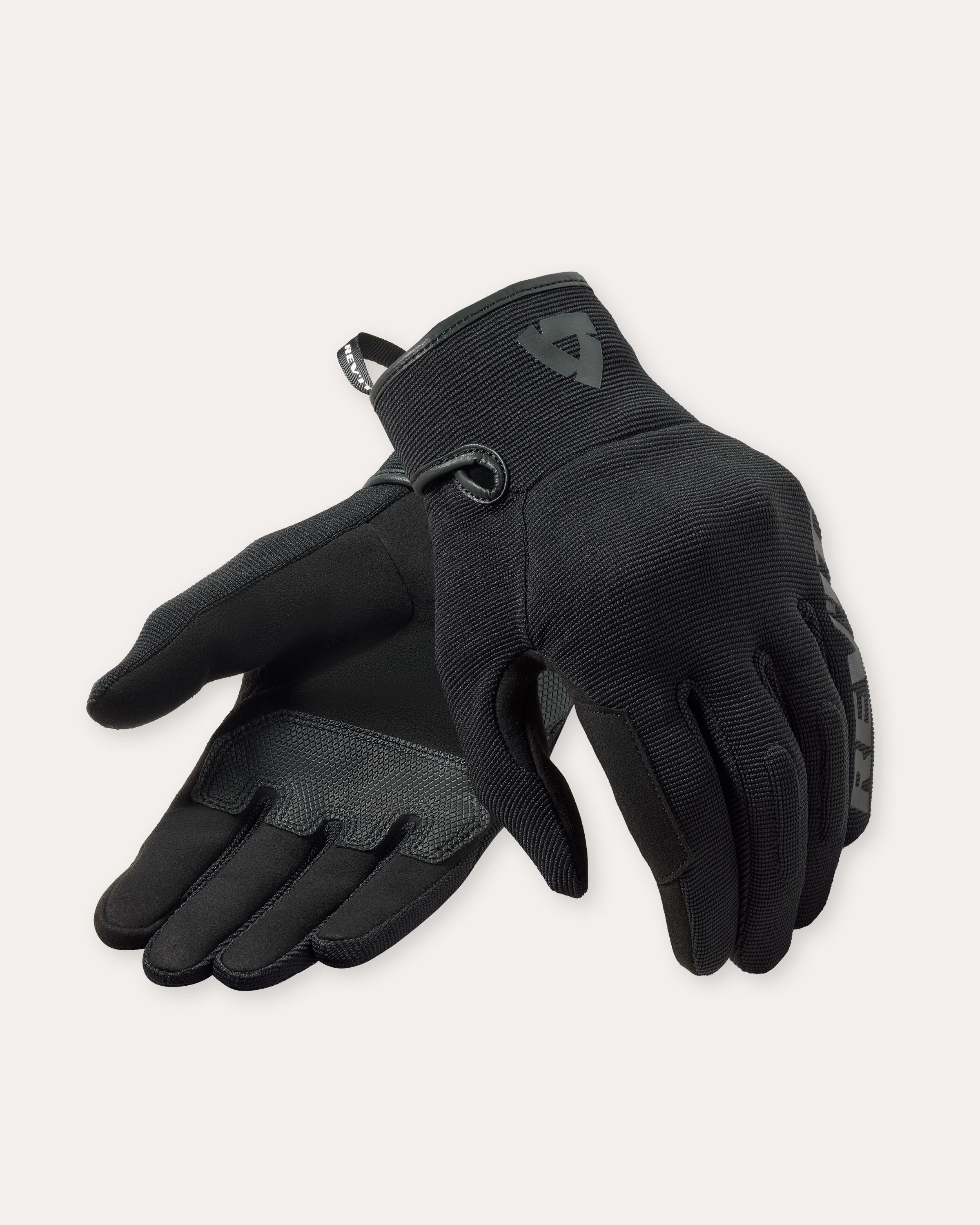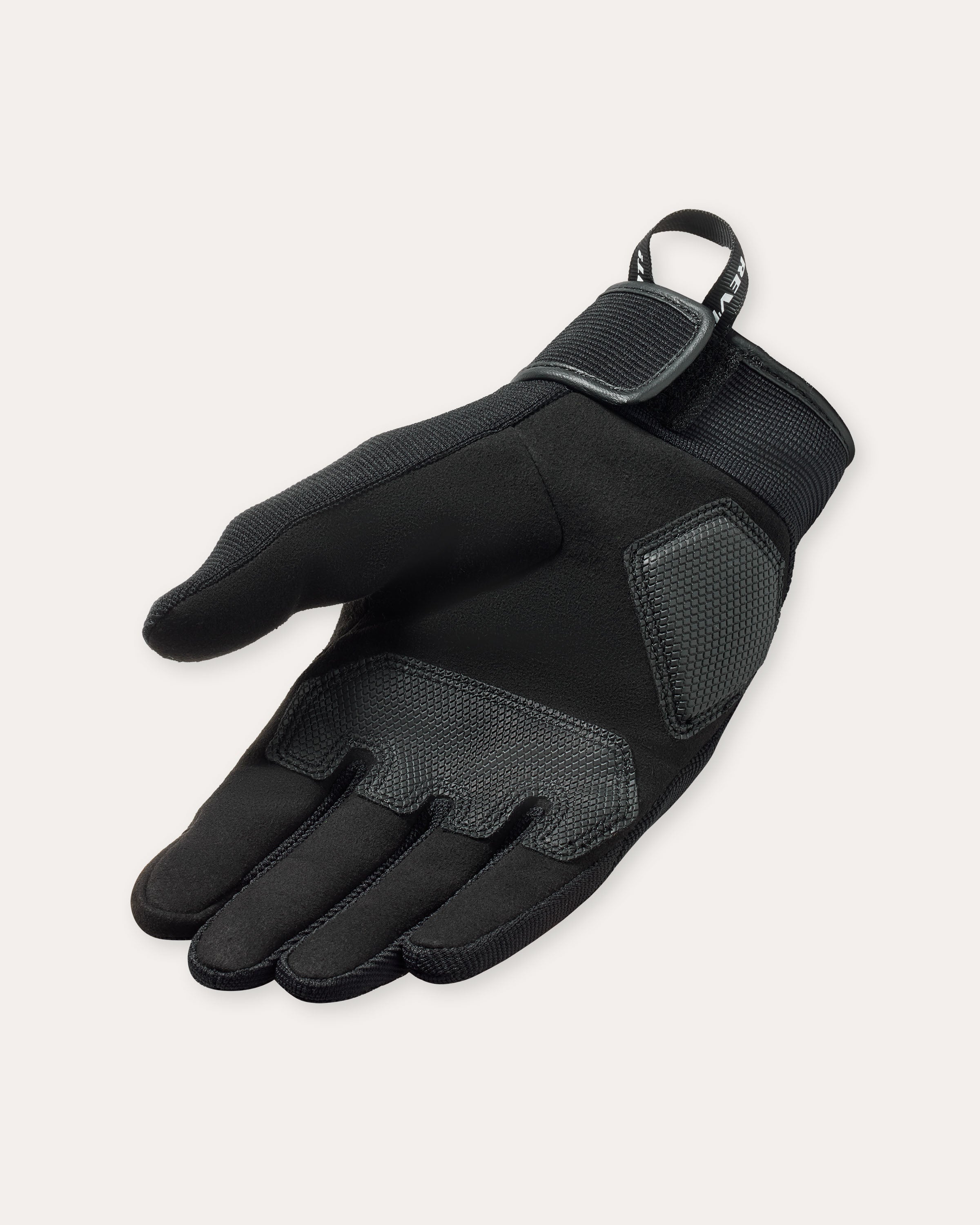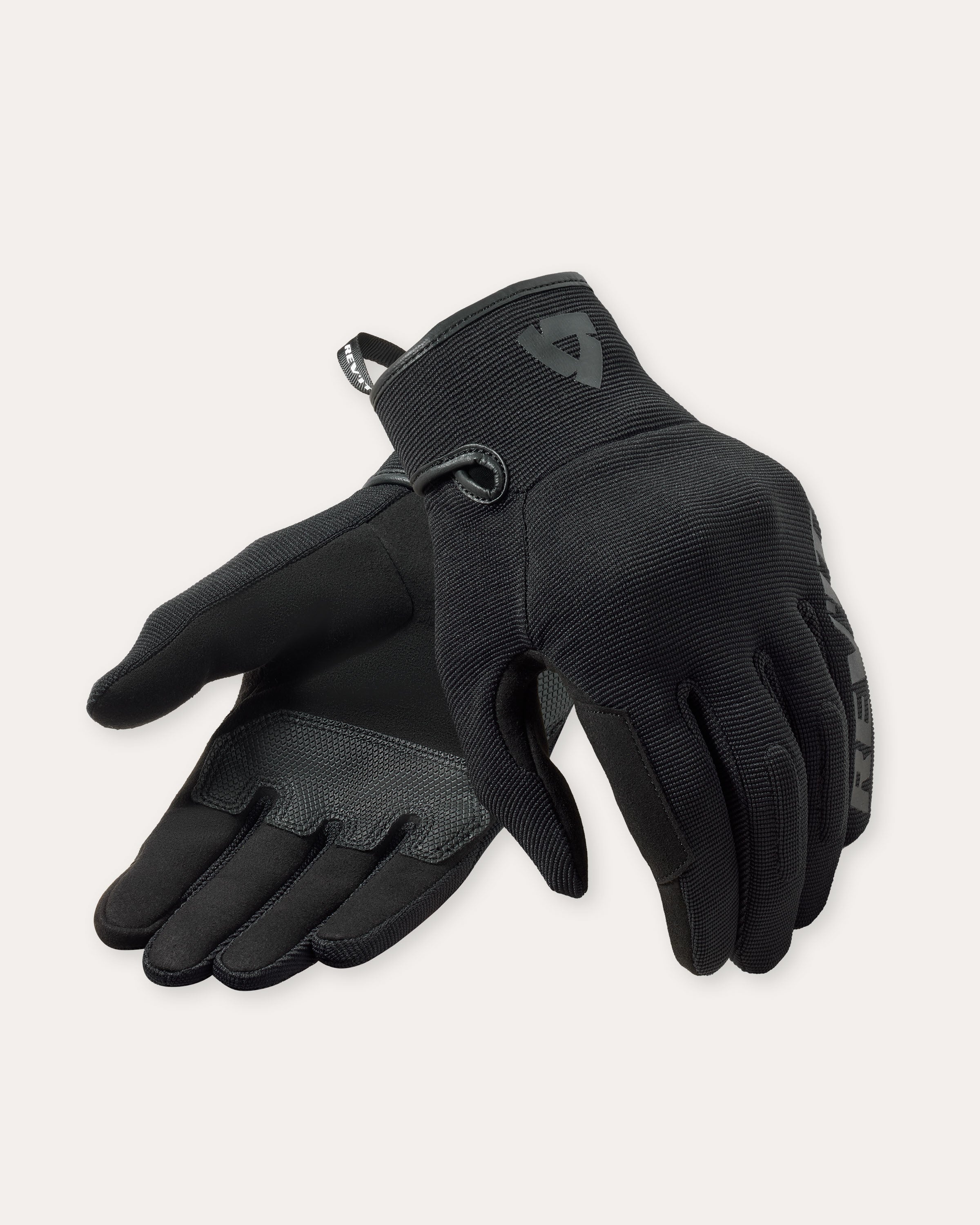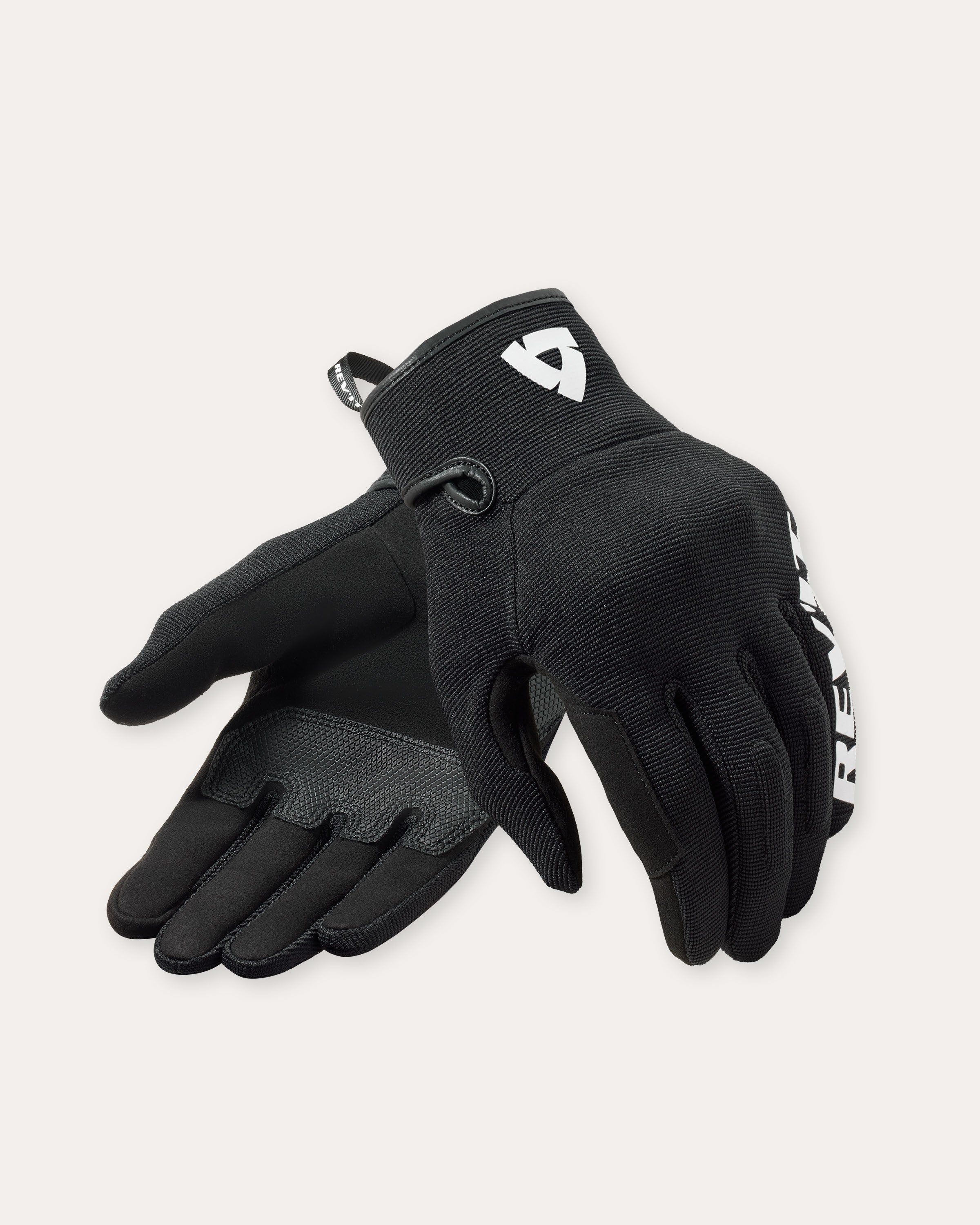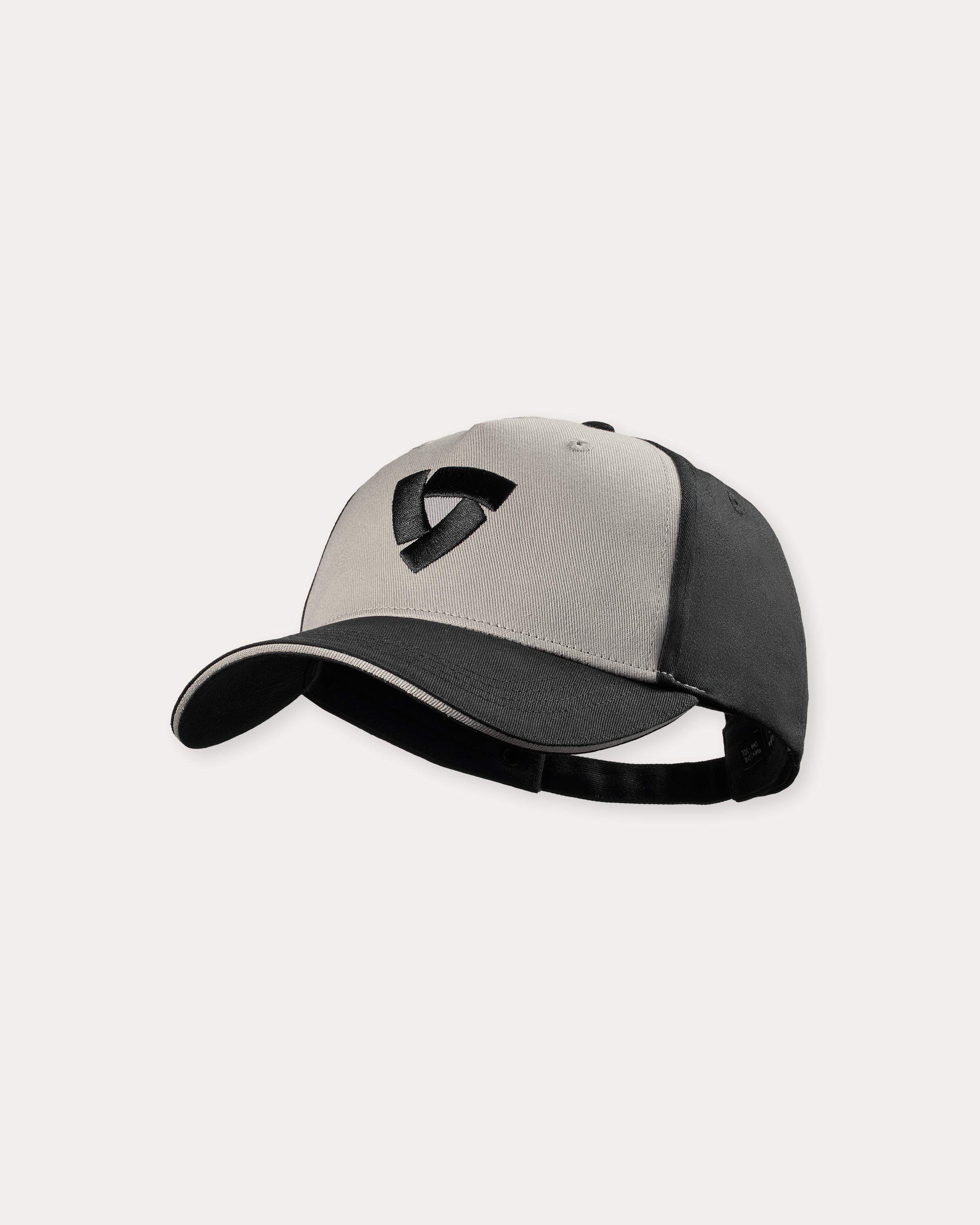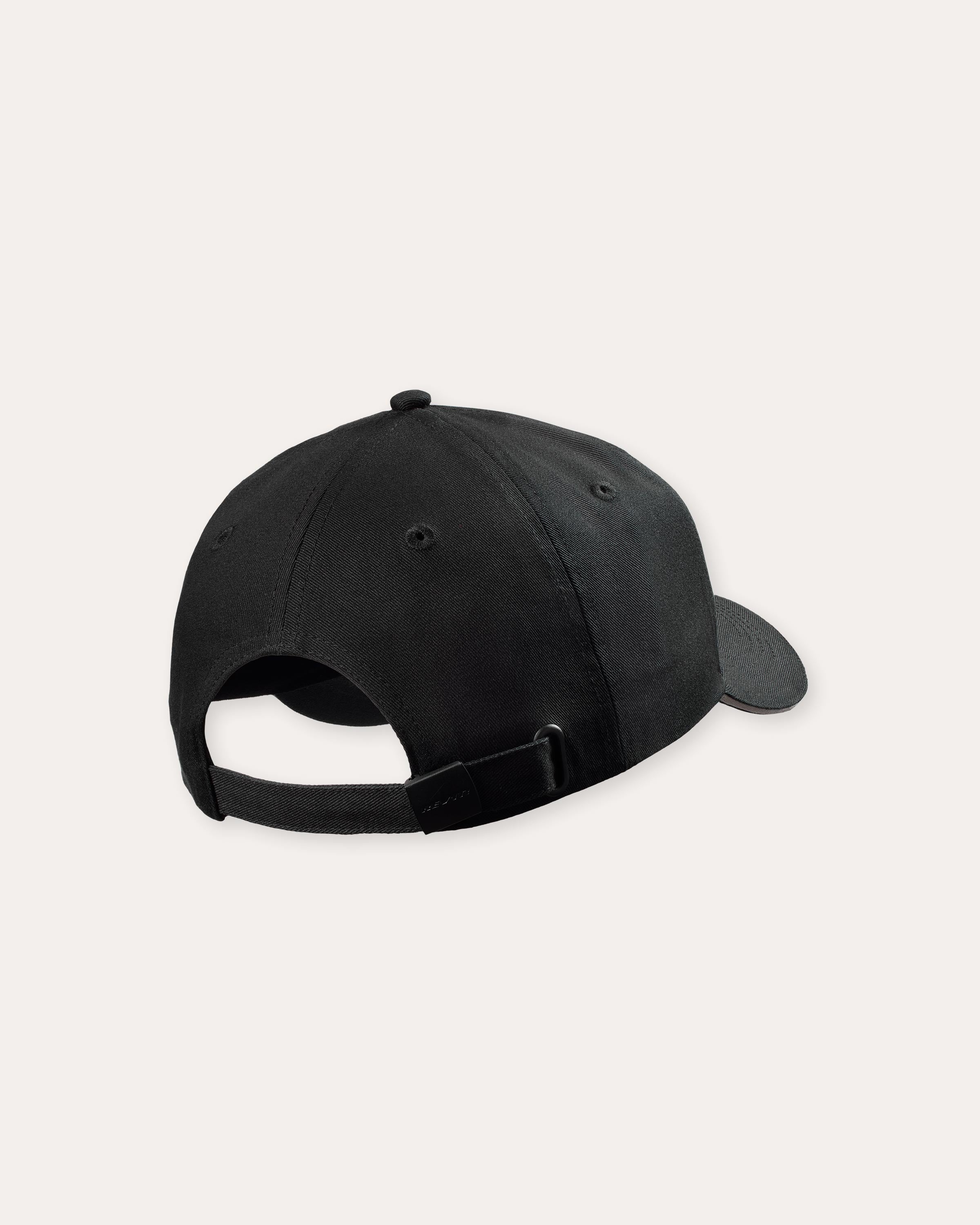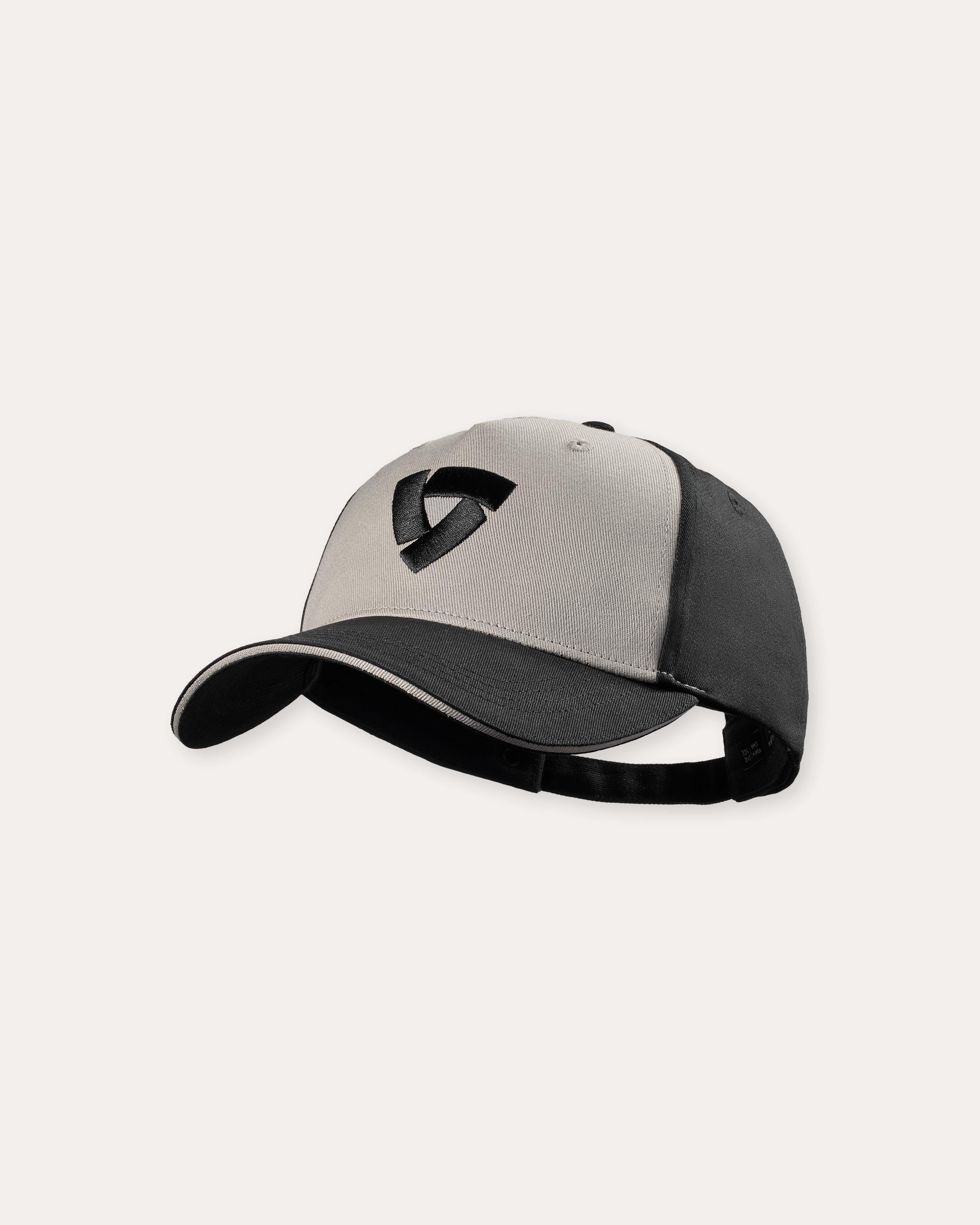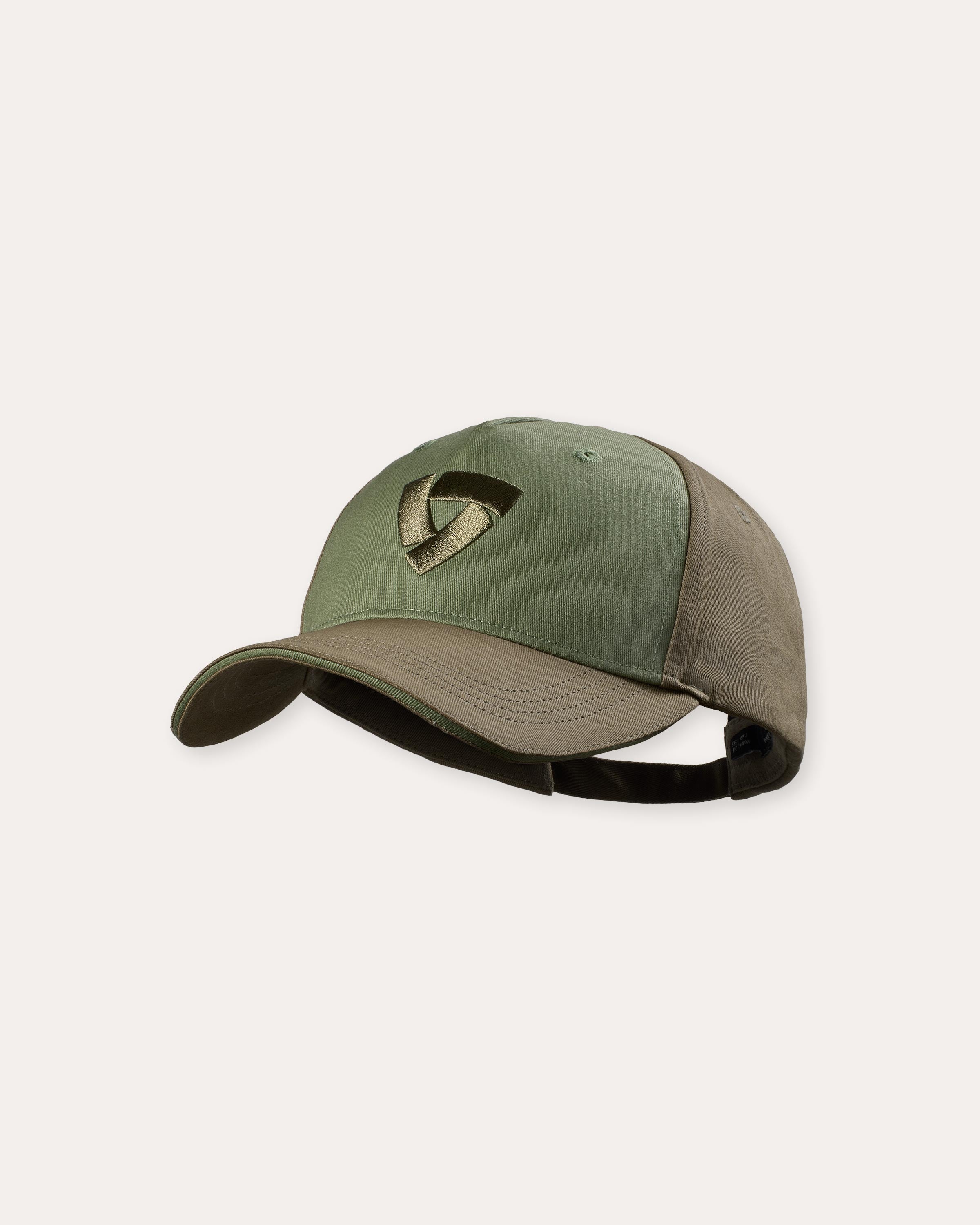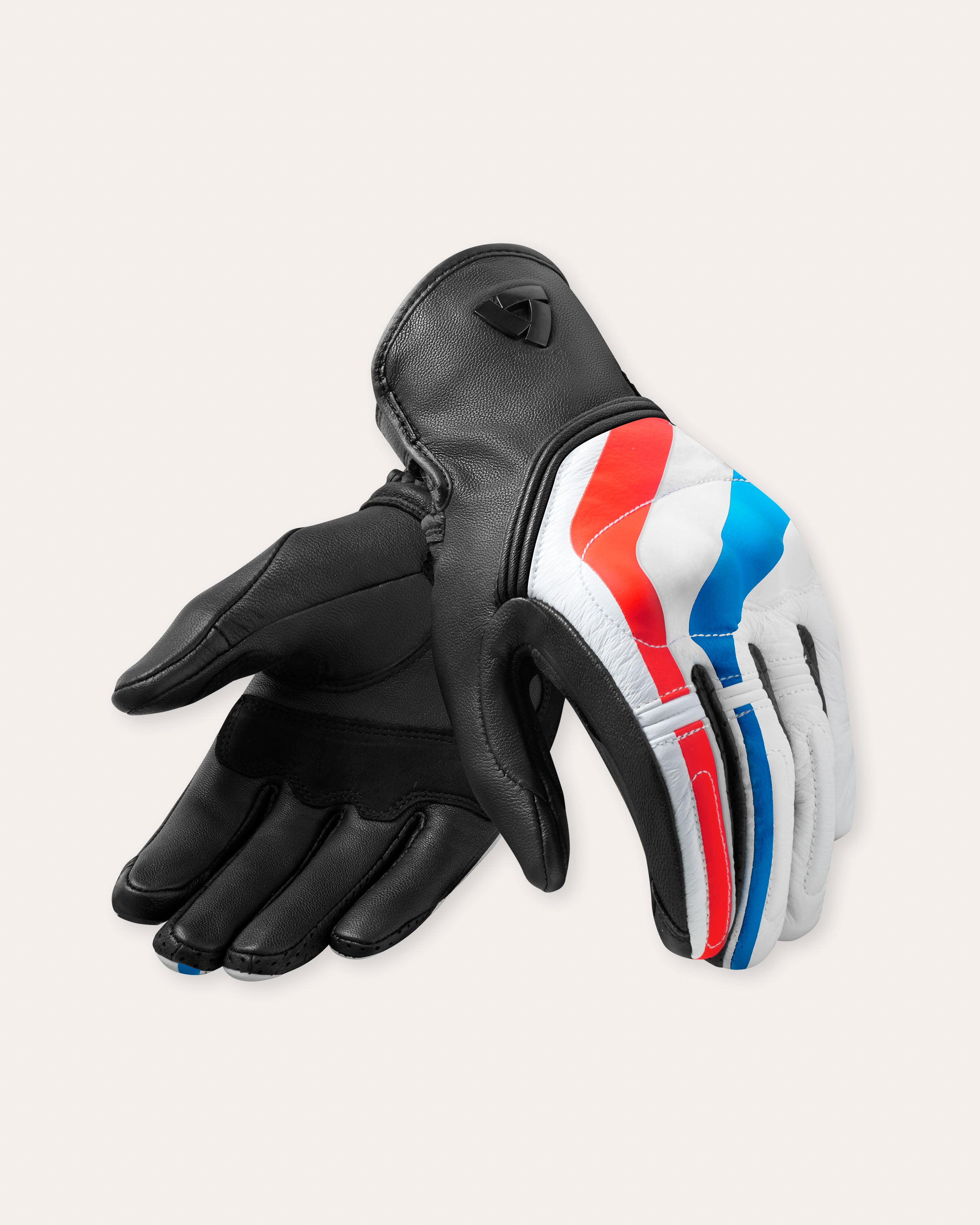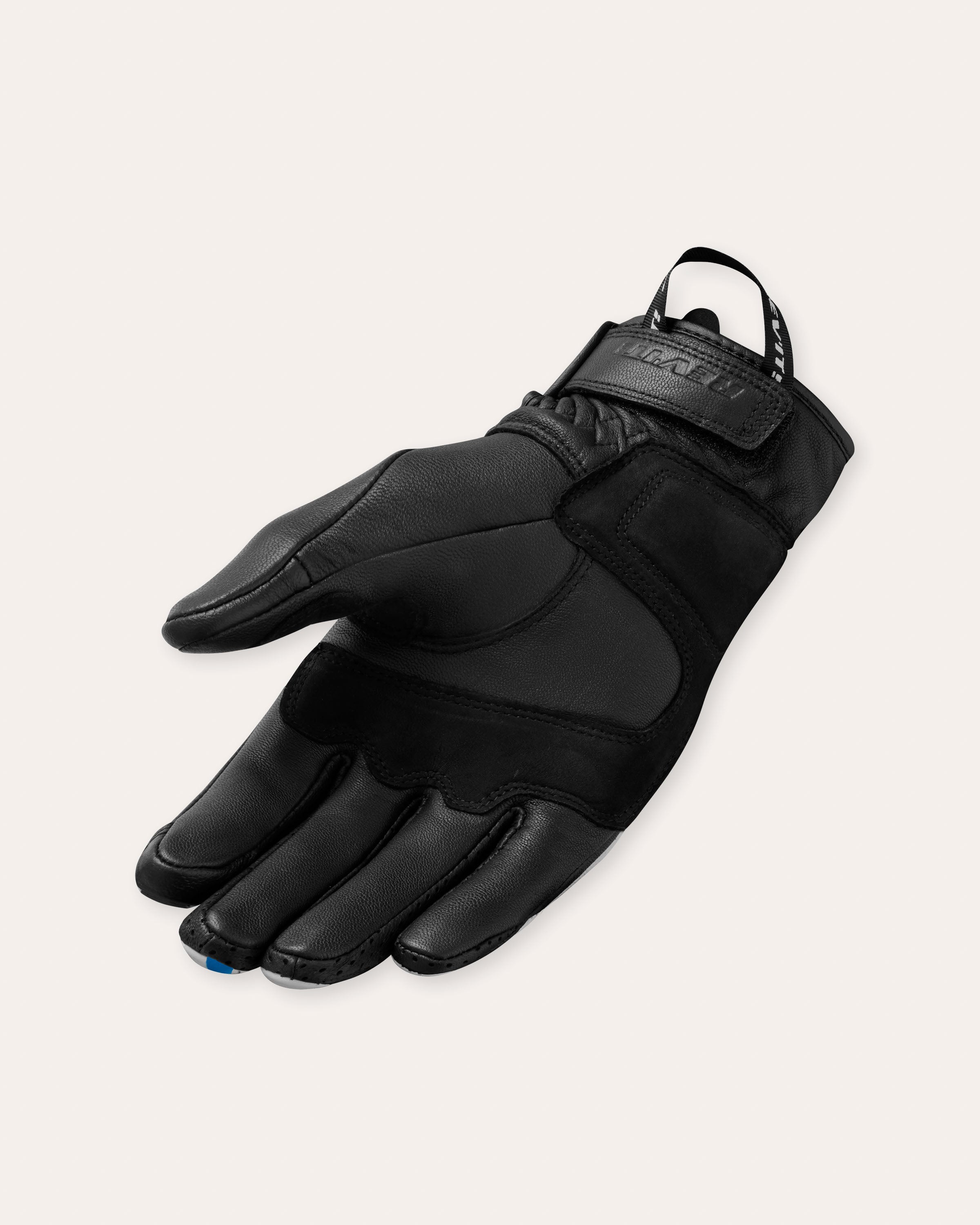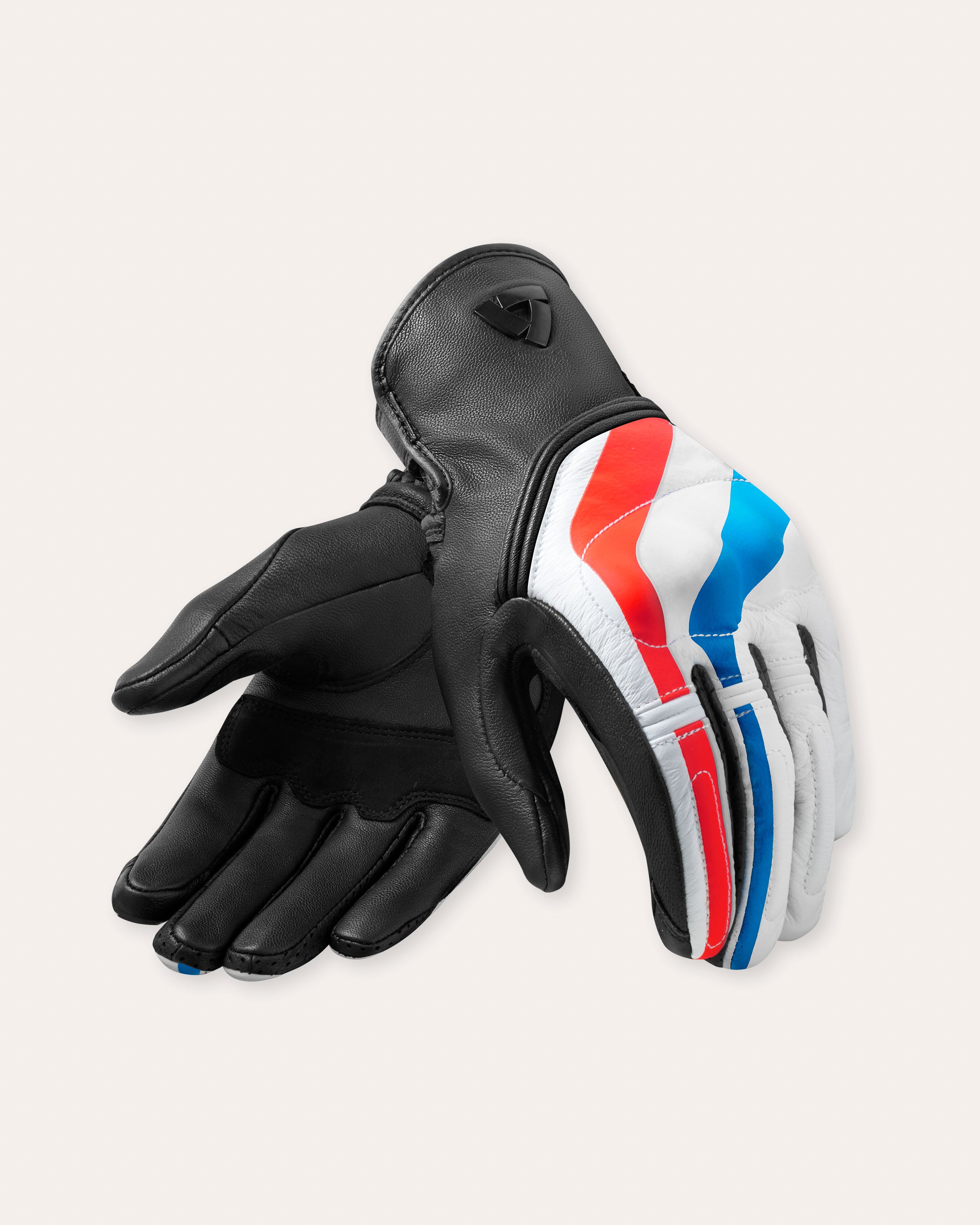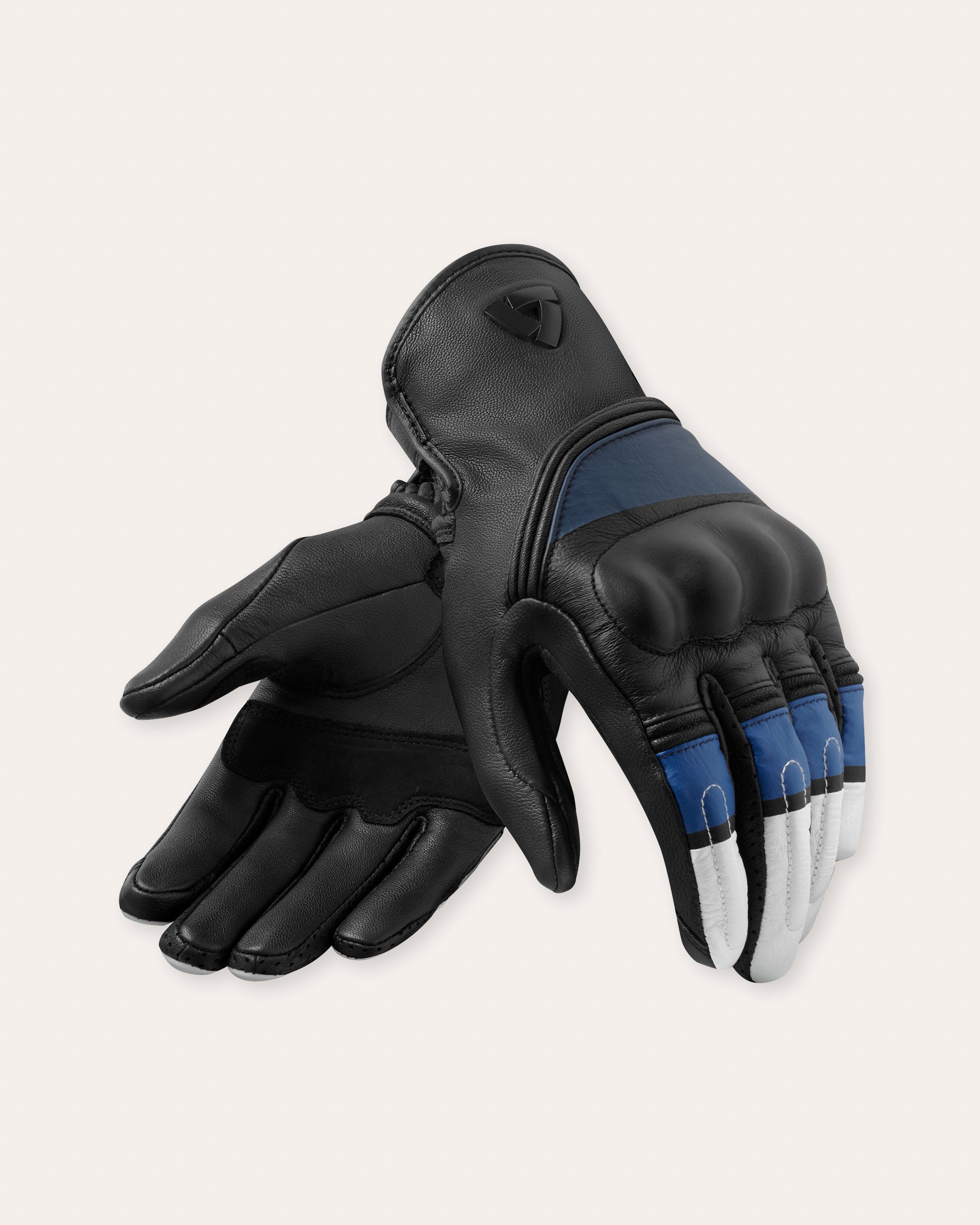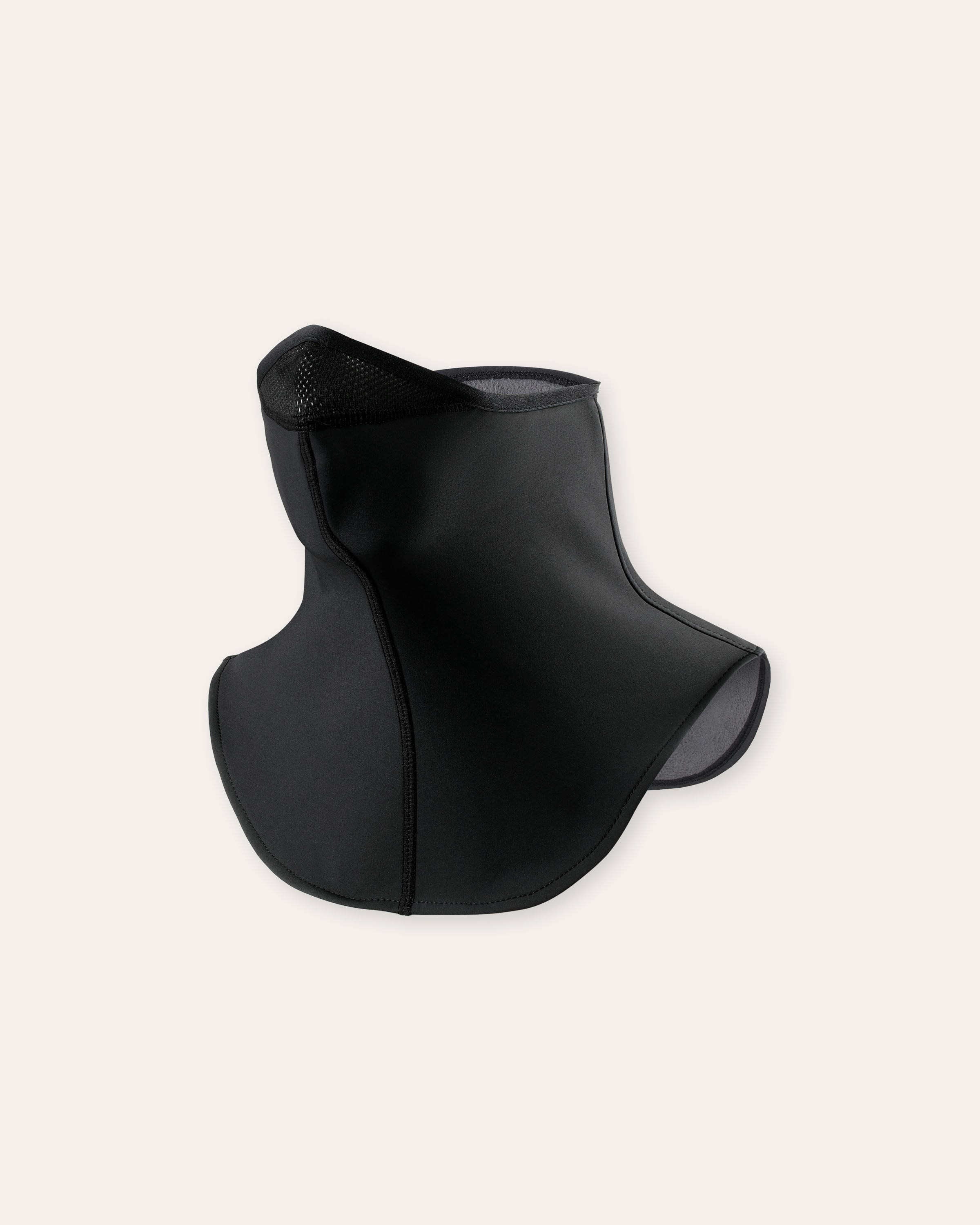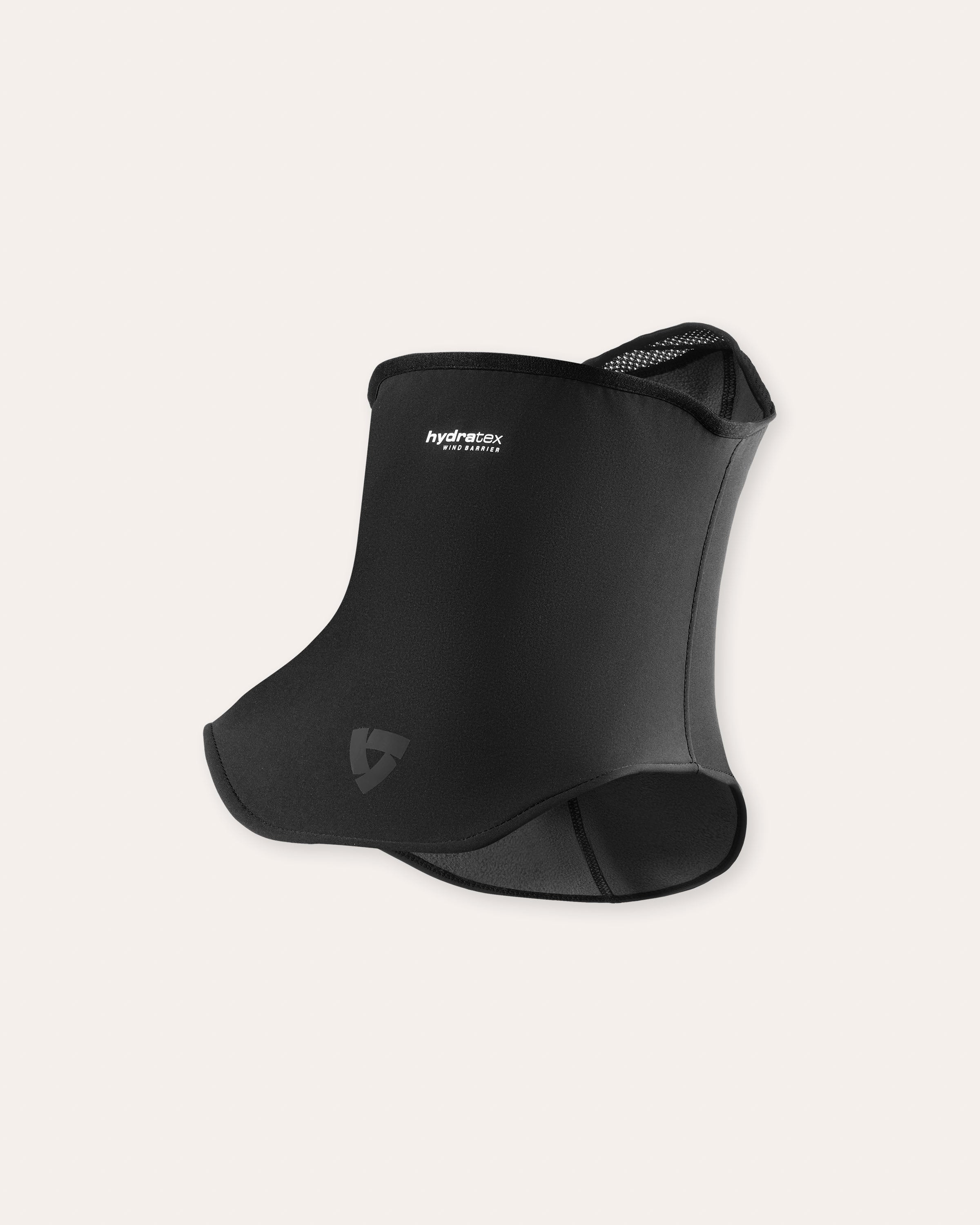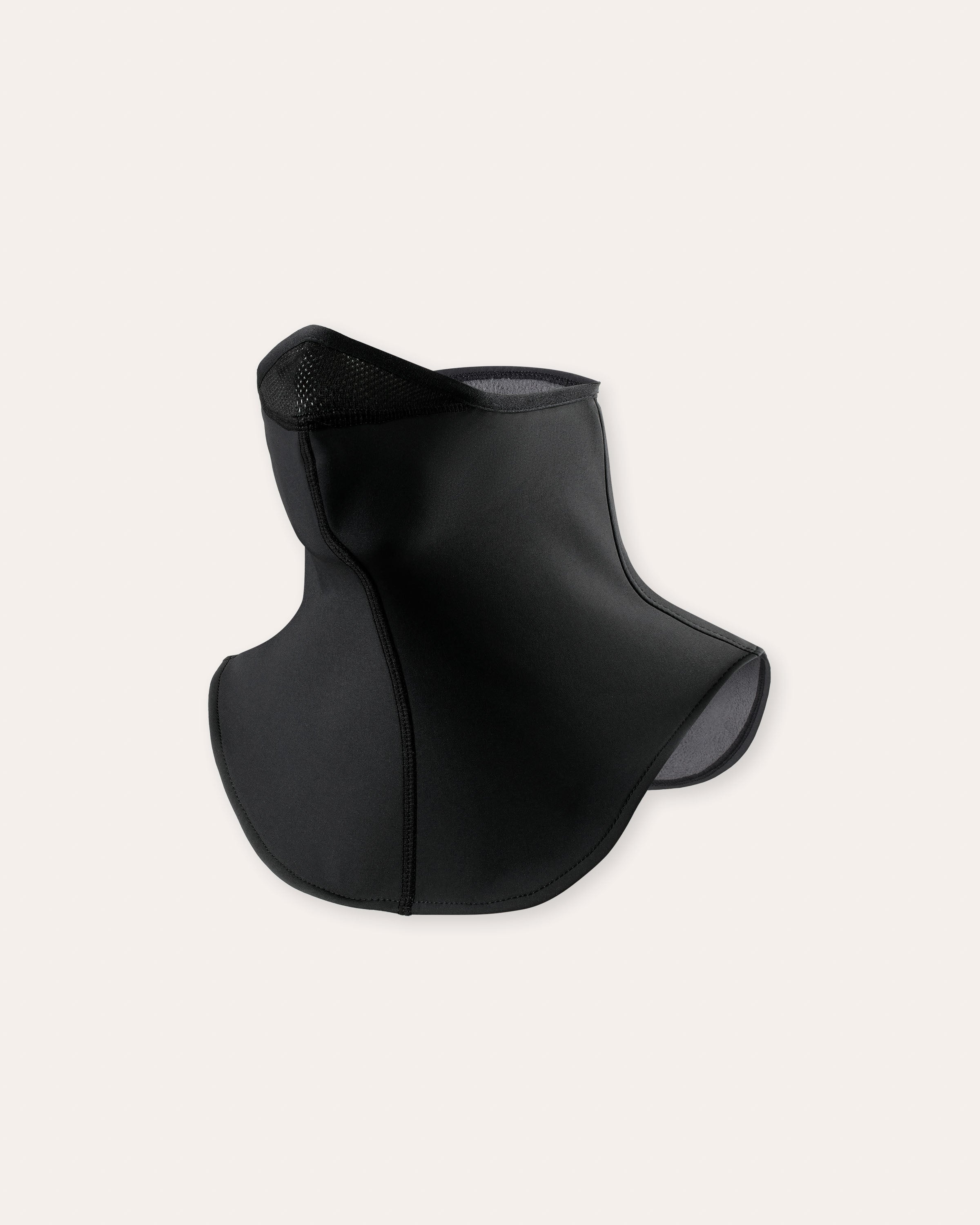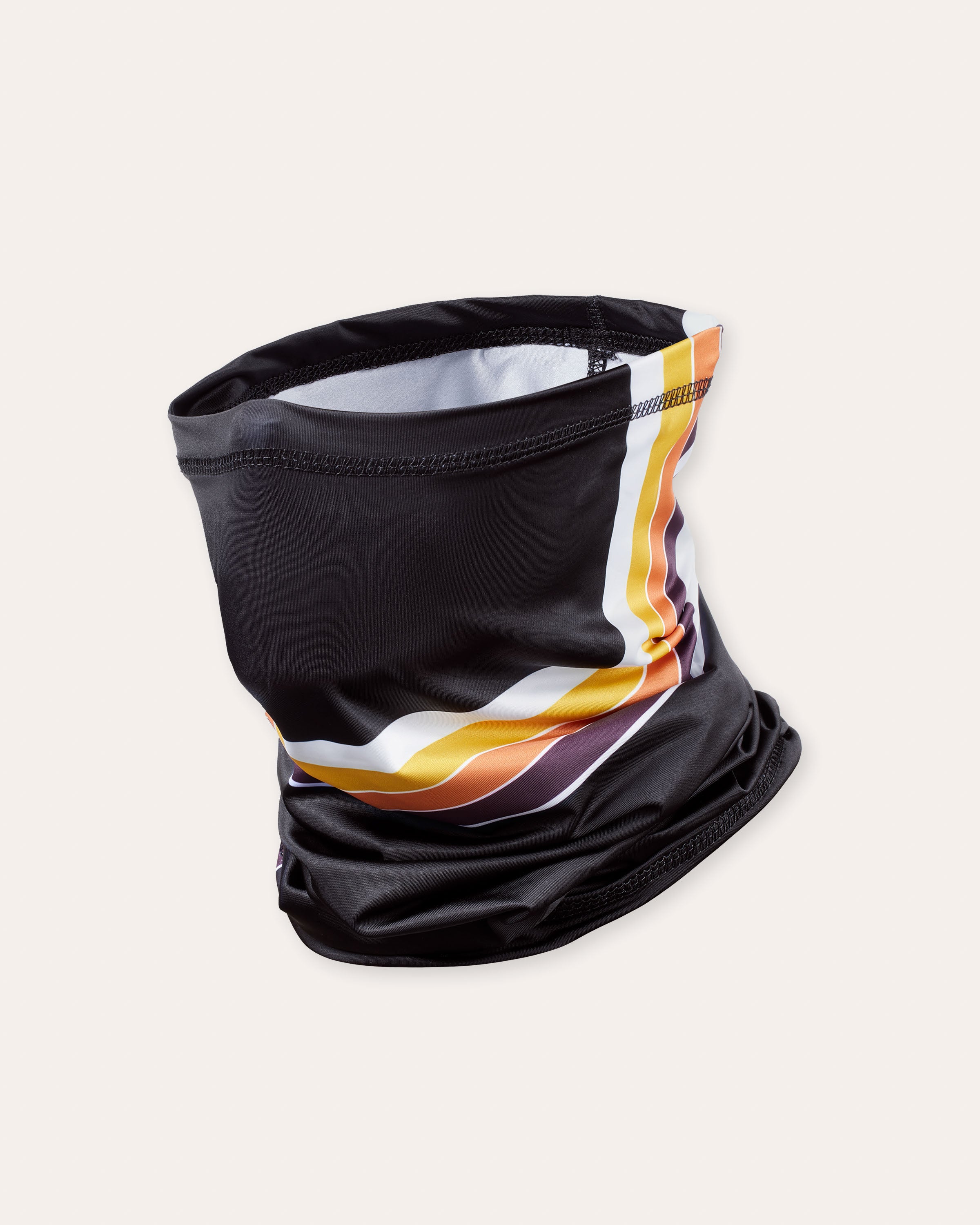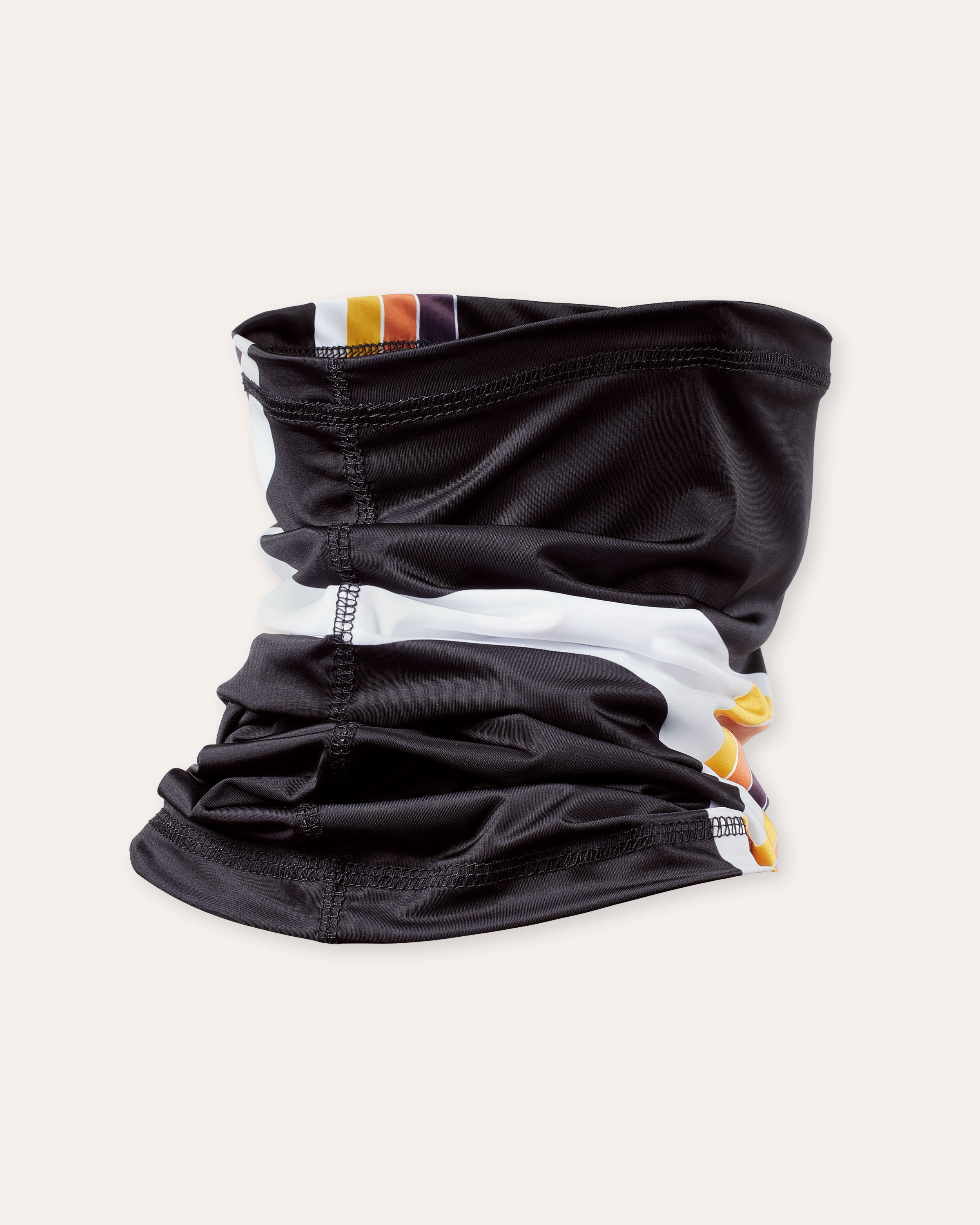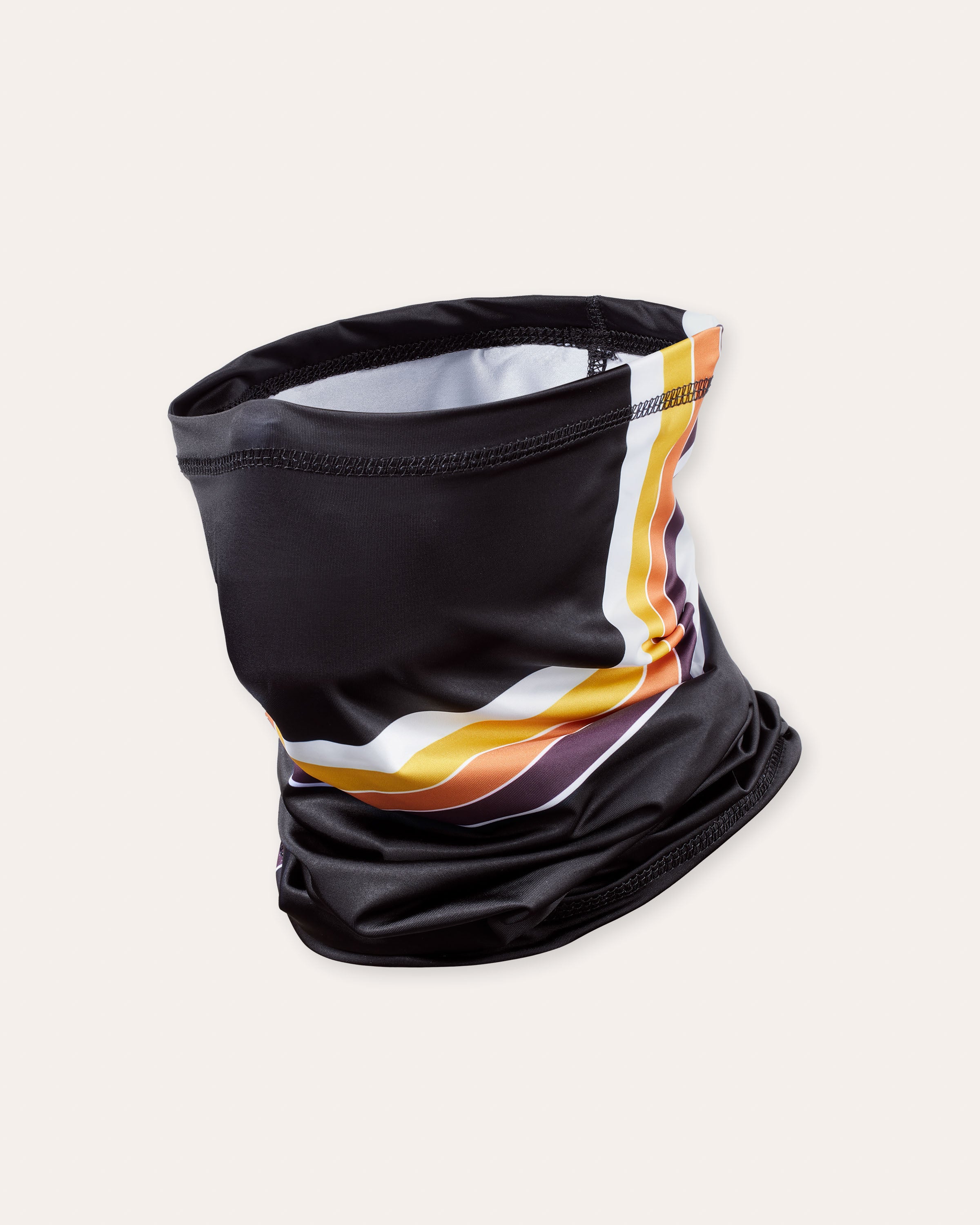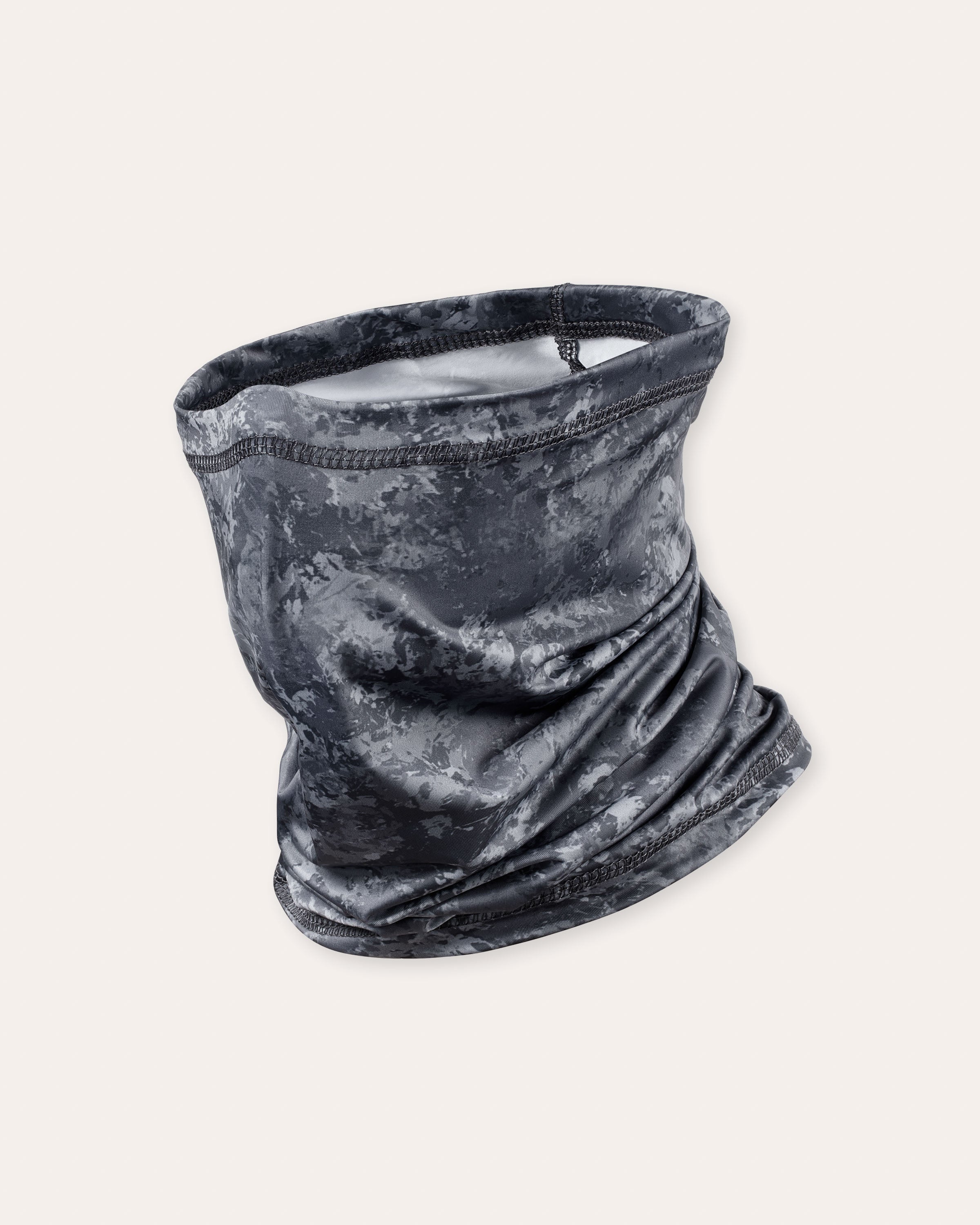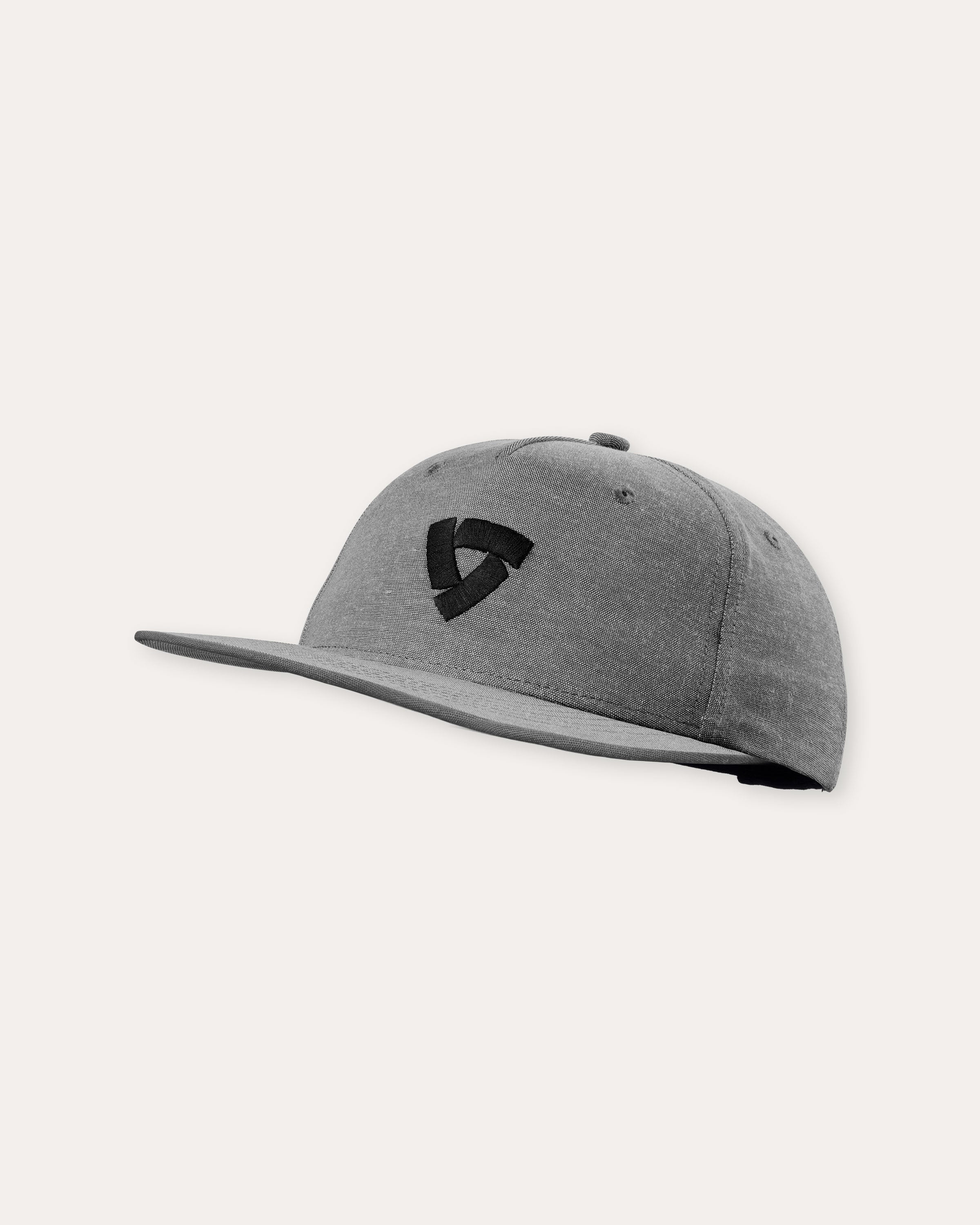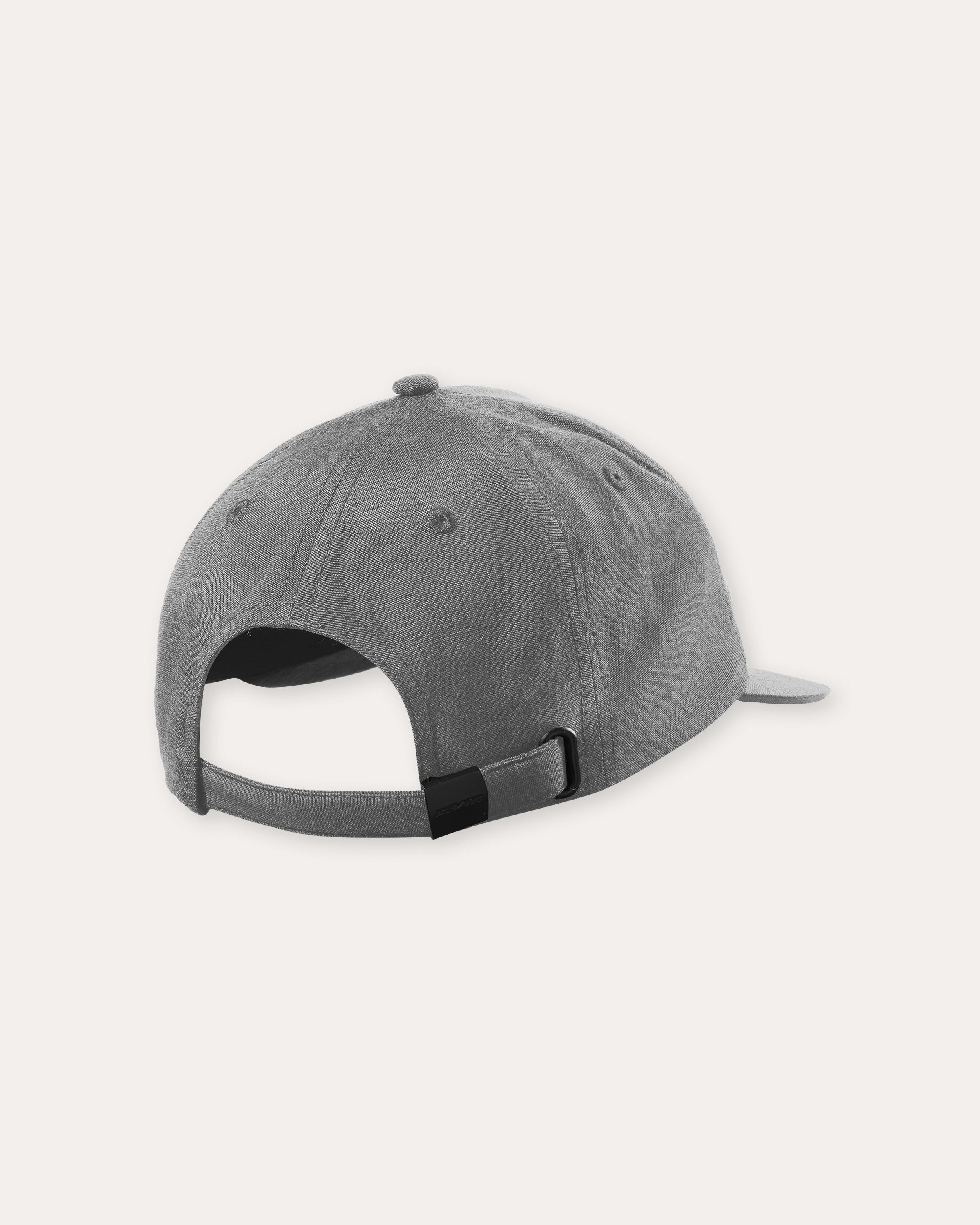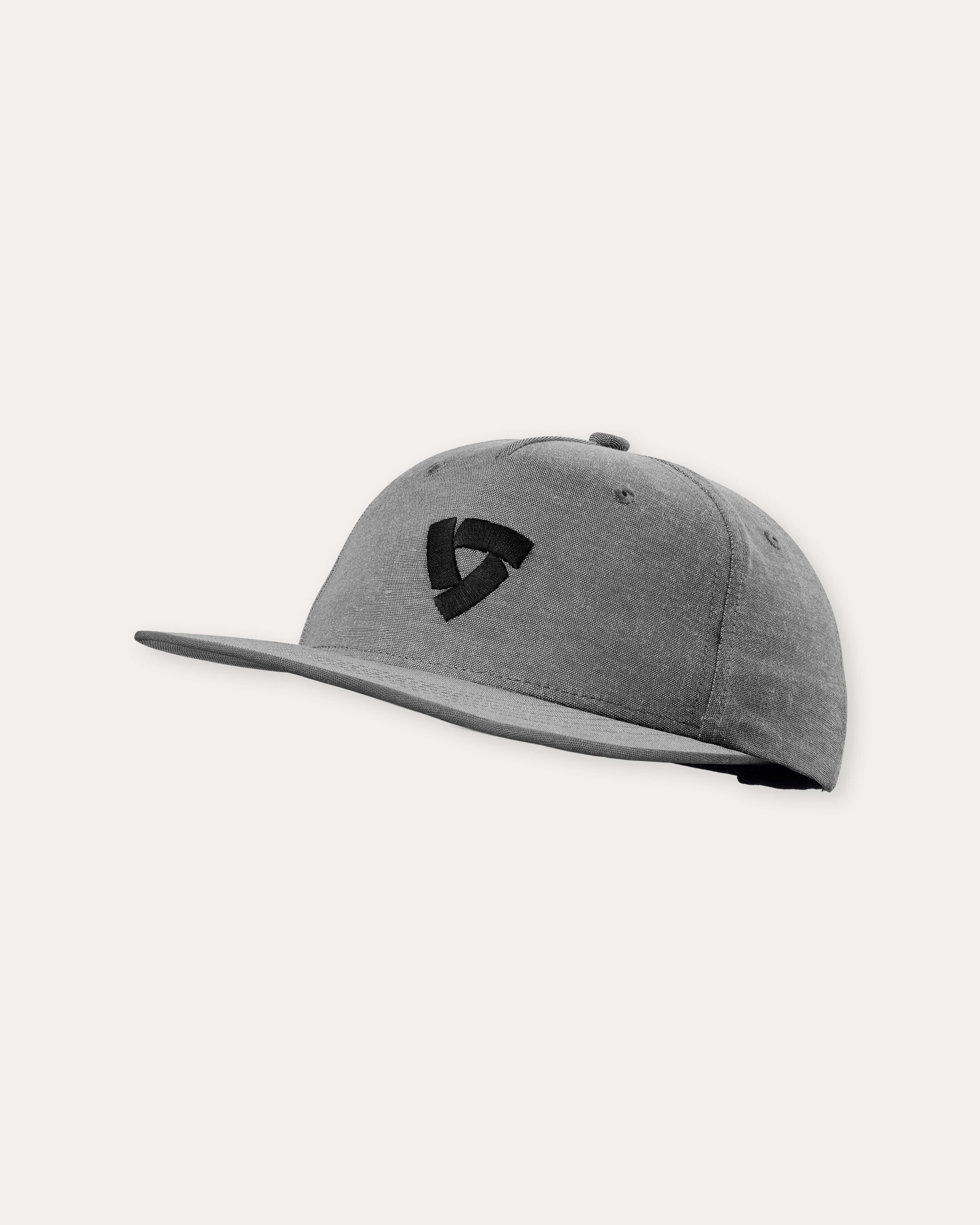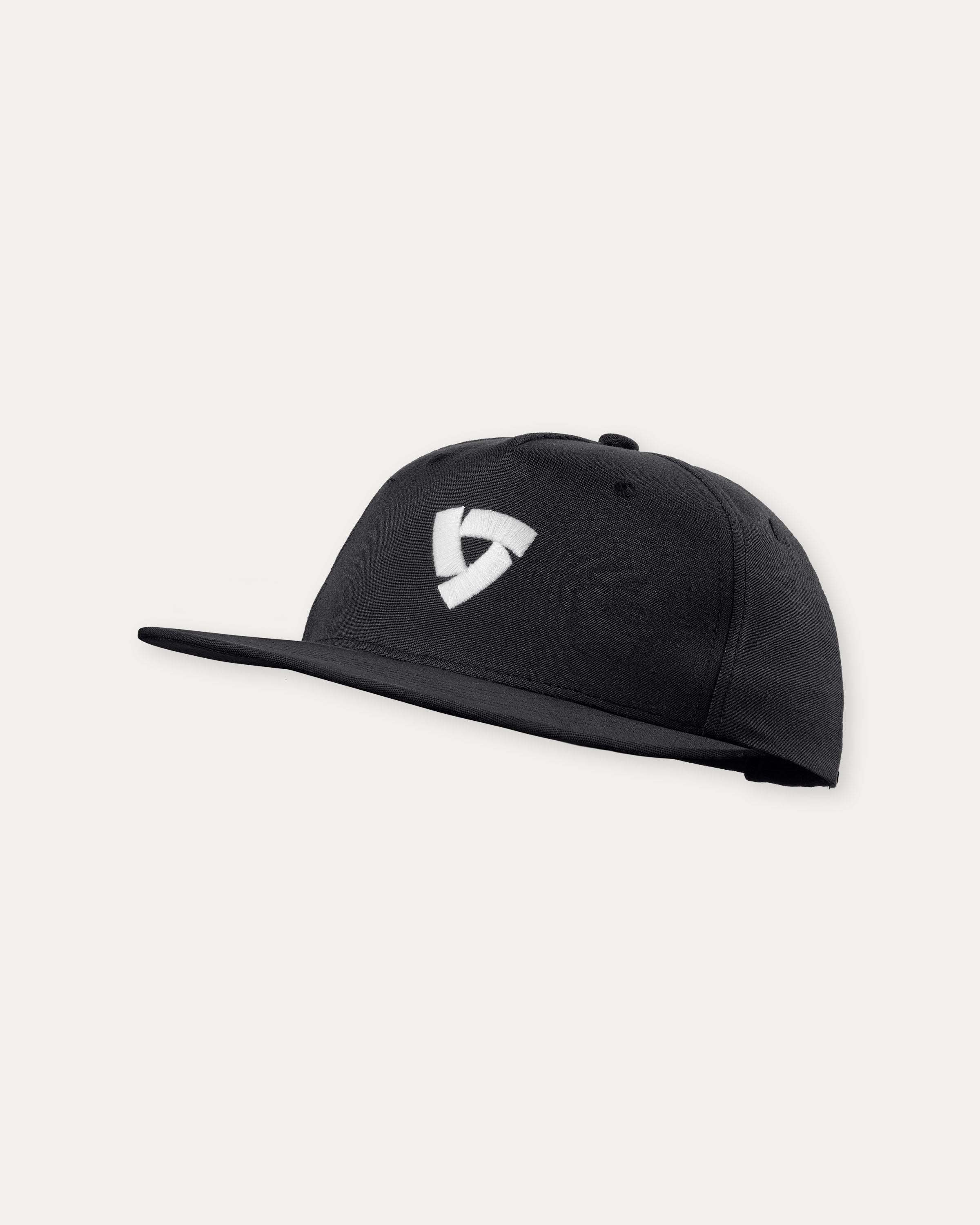What is CE certification?
And why should you care? Let us provide you with an overview of PPE regulation and CE certification and what it means for you.
The PPE regulation
Since April 2018, all motorcycle garments fall under the scope of the PPE regulation, which basically means that if it is sold as protective motorcycle apparel, it’s deemed to be personal protective equipment and should be tested at an official notified body under a strict set of standards to comply with the PPE regulation.
In this article, we’ll run you through the basics of CE certification and compliance and what that means for you as a consumer, so you know what to look for when you’re out shopping for motorcycle equipment, either online or in store.
What does ‘CE’ stand for?
You’ve likely seen the “CE” marking on items you’ve purchased from a store including: children’s toys, electronics, cookware, you name it. CE stands for “Conformité Européenne” (French for European Conformity).
A CE label or marking on a product is a declaration of compliance with the relevant or applicable health, safety, and environmental protection legislations for products sold within the European Economic Area (EEA). The CE marking is also found on products sold outside the EEA that are manufactured in - or created to be sold in - the EEA.
How are CE-standards and PPE related?
Very much, actually. Motorcycle clothing (specifically jackets and pants/trousers, notwithstanding gloves, boots, and impact protectors) is grouped into what’s called Personal Protective Equipment – aka PPE. And like your kitchenware or electronics, PPE is governed by their own specific set of rules and regulations depending on how these products are used and how they are classified, and which group/subgroup they fall under. Here’s where it gets quite complicated. The set of standards that “govern” PPE - specifically motorcycle clothing - for leisure use is CE-standard EN 17092, which has now become a harmonized European standard.
Harmonized standard, meaning that it is a recognized throughout the EU as a tool that’s widely accepted for the certification of PPE motorcycle garments. We’ll talk more about this a little later on. That said, we’ll disclaimer here and say that this is intended to be a general overview of an incredibly complex subject that is both politically and economically charged. The purpose is to help riders understand that even with an arguably imperfect system in place, the CE-certification label/marking does mean something. It means that the garments have been tested to meet at least the minimum safety requirements, so you actually know what it’s intended use is. And that’s Personal Protective Equipment in the form of motorcycle clothing.
The birth of the EN 13595 standard
Anything deemed personal protective equipment (PPE) has always had to meet the PPE Directive 89/686/EEC, which was introduced 21 December, 1989, and fully implemented 30 June, 1994. This “old” PPE Directive specified an extensive set of requirements that PPE should comply with. The requirements were rather vague, and demonstrating compliance to them was, more or less, open to interpretation and subject to the “imagination” of manufacturers and accredited test institutes.
Here’s one of many sharp turns. The PPE directive is different from the PPE regulation. In order for CE certification to happen, PPE would need to be tested against a specific set of standards pertaining to its specific use. A set of standards within a set of rules and regulations, so to speak. Enter EN 13595. In order to harmonize criteria among European countries, EN 13595 was created which gave a tool for the testing of motorcycle apparel, however it was widely ignored by the motorcycle apparel industry as it only referred to professional use.
In EN 13595, it described, in four parts, how certification could be achieved: 1) general requirements, 2) the test methods for the determination of impact abrasion resistance, 3) the test method for determination of burst strength, and 4) the test method of determination of impact cut resistance when applied to motorcycle clothing for professional use.
Examples of professional riders can include: someone who delivers letters, parcels, or other small freight; the transport of passengers by motorcycle; emergency medical treatment; or vehicle breakdown support. If you have to ride a motorcycle to perform your job, then your “clothing” needs to comply with EN 13595 in order to be CE certified. But since the bulk of motorcycle apparel was meant for - as many argued – leisure use, the standard was essentially ignored by the industry.
Time for new rules!
Since the industry widely ignored/overlooked the professional EN 13595 standard, that meant that a blind eye was also turned on the PPE Directive. Furthermore, there was no guarantee, or no science that would back up a claim, that the garment you were purchasing at a motorcycle apparel distributor for your personal/leisure use lived up to minimum safety requirements. Because, let’s face it, if you don’t have a set of standards in place to test against, this simply isn’t easy. Very, very few garments in the leisure segment, leading up to the last few years, were CE-certified using the EN 13595 standard.
That lead to people buying garments that they perceived to be safe; by touch and sight. But in reality, when put to the test, could fail miserably. Furthermore, a set of standards which would allow the testing of motorcycle garments as PPE is not something that happens overnight. It’s an incredibly long process that has many moving parts. It also includes legislators, government officials, industry professionals, test-house representatives, and many more. To even reach some sort of compilation of standards, with different insights from lobbyists and various organizations, took many sleepless nights and the brainpower of those who are at the core of the industry.
Enter EN 17092
After years and years of discussion and deliberation, WG9 (which means Working Group 9 – a collective of 30-40 European representatives including stakeholders, clothing manufacturers, or for example, test-house institutes that specialize in specific testing processes), came up with a provisional set of standards that reflect – as accurately as possible – a way of achieving CE certification for leisure use of motorcycle garments. Enter EN 17092.
A major impetus behind standard EN 17092 coming into play is because of aforementioned reason: to make sure riders actually get something protective when shopping for motorcycle clothing without any prior knowledge of materials, constructions, or test methods. Just because it looks strong, doesn’t make it so in an emergency situation. And just because it feels sturdy, doesn’t make it appropriate to be worn at riding speeds. The application of the EN 17092 standard means that clothing that looks like protective motorcycle gear, actually is protective motorcycle gear!
Where EN 17092 differs from EN 13595 is that the EN 17092 standard is applied to PPE for leisure motorcycle use; commonly grouped into various genres such as sport, adventure, and urban riding. It is a different standard for a broader purpose. Without straying too far off topic, it now takes into consideration the various types of riding people will be using them for.
Urban riders likely won’t be wearing full-leather one-piece suits to commute in, despite it being a “safer” choice. Nor will adventure riders. That said, it’s a fine balance between making sure safety is a top priority, but also that comfort, breathability, waterproofing, flexibility, and more is taken into consideration, all while offering the protection best suit to the riding style.
Why test on specific elements?
Within EN 17092, just as there are in EN 13595, there are specific requirements for CE certification. While the standard explains what tests need to be performed and how, it doesn’t necessarily explain why these specific elements are tested. We’re here to elaborate on a few of them.
The determination of impact abrasion resistance – One of the biggest differentiators between the professional and leisure standard - though both are requirements - is in the way in which determination of impact abrasion resistance is tested. It determines if a fabric can withstand/resist an impact abrasion slide. A hole bigger than 5 mm when tested using the AART Machine (Advanced Abrasion Resistance Tester) equates to a fail. This test is in place so the outer shell of the fabric can take the hit. Not your skin. The lowest outcome of a material is how it will be graded.
Tear strength – Here a pre-slit specimen is “pulled apart” and we measure the force that’s necessary to further tear it. If you rip open your garment via a sharp object, we want to make sure that it’s very difficult to rip the fabric open further.
Seam strength – Seam strength is tested on the structurally strong seams. For example, the sleeve that’s attached to the body of a jacket. It measures the force necessary to rip the seam open. We want to make sure that if you fall of your bike, then slide, that the seams from vital connection points remain connected.
Dimensional stability – Dimensional what?! Exactly. This test requires a garment to be washed five times, not in a regular washing machine but one that is specific for fabric testing, with water speed, volume, how fast it spins, temperature, etc. all regulated. The purpose it to make sure the garment doesn’t shrink over time/washings, to ensure the correct fit, and to make sure the protectors in the garment stay in the proper location. There can be no more than five percent shrinkage, or it fails.
Innocuousness – This is another example. The amount of chemicals used – such as dyes - on the garment must be safe, especially when it comes into contact with your body. We test pH to make sure it’s gentle on the skin and no irritation occurs. Additionally, we also test any substances that are known to endanger the health of the user or that of the environment.
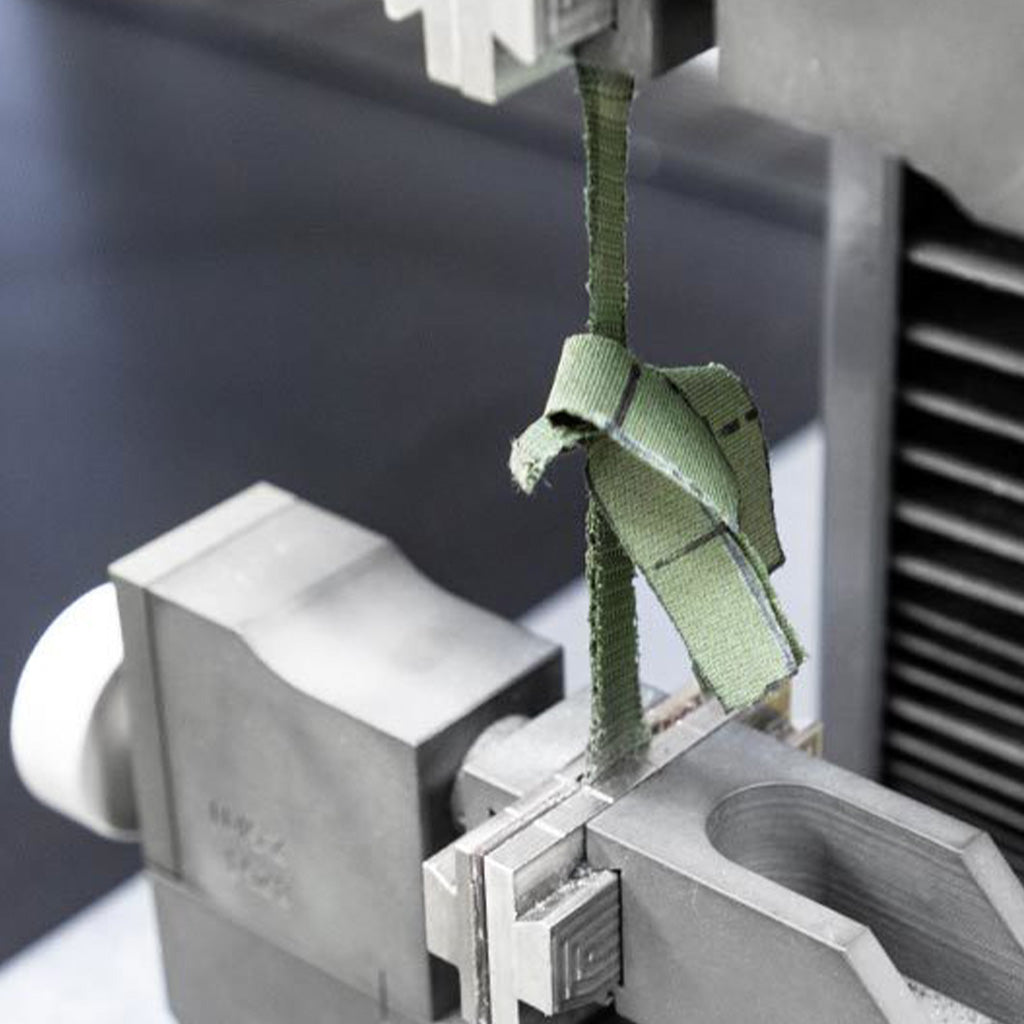
We’ve been fervently working at making sure our garments are not only at the CE-certification class, but at a class beyond. A level that gives you additional peace of mind when on the road.
Back to april 21, 2018
It was widely accepted that as of this date, in order to comply with the PPE regulation, companies were given one year to update their motorcycle clothing collections to make sure their garments lived up to the new standards. In short, that was a large demand for a standard that wasn’t even set in stone (at the time).
At REV’IT!, we never shy away from a tall order. Especially if it means your safety is at risk. We’ve been fervently working at making sure our garments are not only at the CE-certification class (EN 17092 parts 1 to 6), but at a class beyond. A level that gives you additional peace of mind when on the road.
CE Certification standards other than garments
While the focus of this article is primarily on motorcycle clothing, note that boots need to meet EN 13634:2017 standards, gloves EN 13594:2015, elbow, knee, hip and shoulder protectors to EN 1621-1:2012, back protectors to EN 1621-2:2014, and chest protectors EN 1621-3:2018. EN 1621-4:2013 covers lanyard-activated air bag protectors, while EN 14021:2013 is a specialized stone shield protector like those used in motocross.
Impact protectors aren’t clothing, so they require their own set of standards. So do boots and gloves, despite them generalized as clothing. That’s why it’s so important to certify something based on the appropriate set of standards depending on the foreseen use of the PPE product.
How to harmonize
For a standard to be harmonized, it must be published in the Official Journal of the European Commission. This will mean that it is a tool that’s widely accepted, and it allows for consistency on motorcycle clothing sold regardless of what region/country/city you live in within Europe (and beyond!). CE certification has a life of five years from the time the product is certified.
The As, B, and Cs of Certification Classes
For motorcycle clothing, we have various categories of classification:
- Class AAA/AA/A products that have both protection against impacts and abrasion.
- Class B products only offer protection against abrasion.
- Class C Over (CO) and C Under (CU) only holds one or more impact protectors and therefore only offers impact protection for the areas covered by the impact protectors that are included.
Let’s break down what these classes mean.
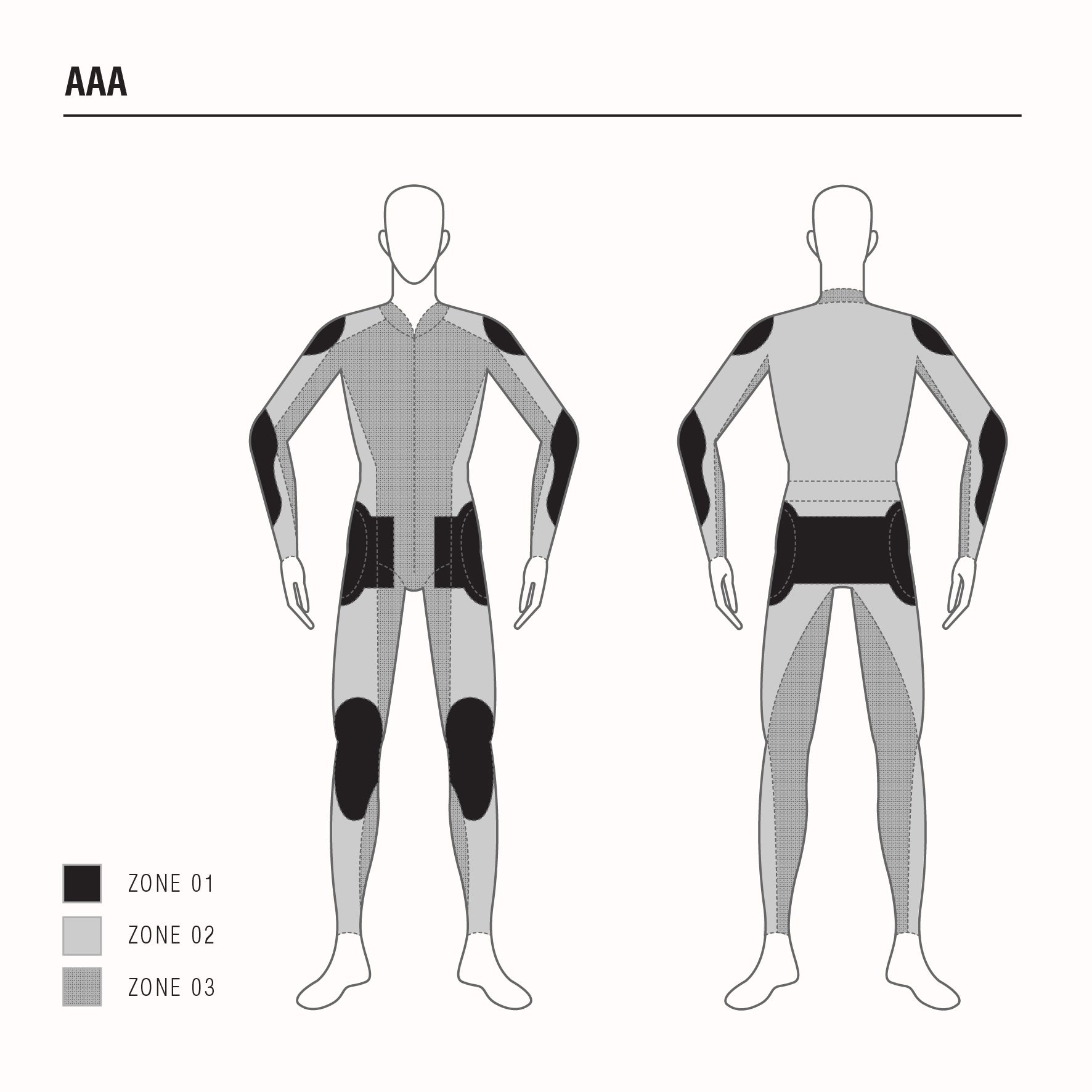
Class AAA Garments (EN 17092-2:2020)
Class AAA garments offer the highest level of protection from impact and abrasion, using materials and constructions that meet higher requirements than for garments classified as Class AA and Class A. Class AAA garments may have limiting ergonomic, weight, and thermal penalties for some riding activities. Some common examples include one-piece or combi suits.
All marked zones successfully pass required tests in the corresponding image.
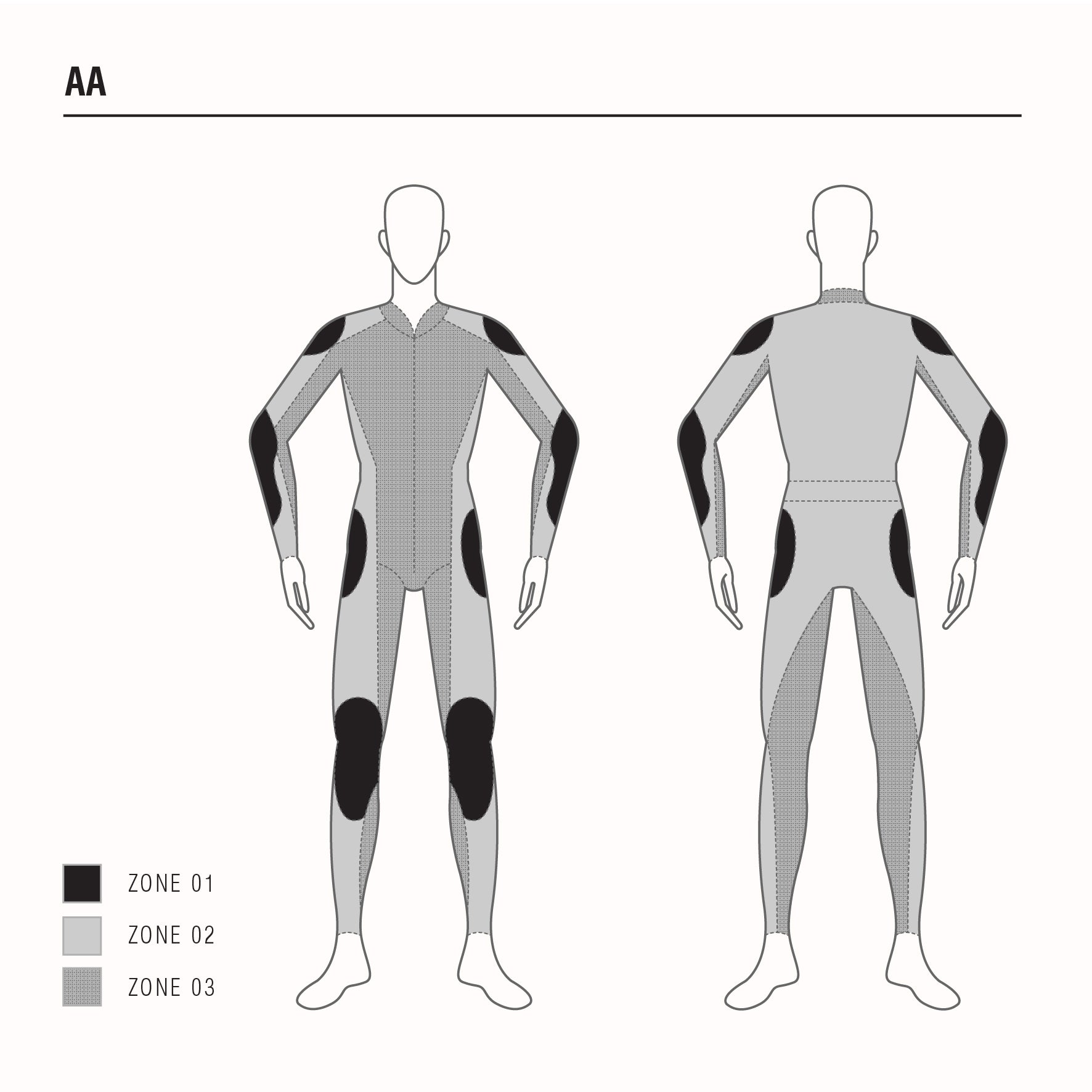
Class AA Garments (EN 17092-3:2020)
Class AA garments offer protection from impact and abrasion, using materials and constructions that meet higher requirements than for garments certified as Class A and lower requirements than Class AAA certified garments. Class AA garments generally offer protection against the risks of the greatest diversity of riding activities, and they may have lower ergonomic and weight penalties than Class AAA garments.
All marked zones successfully pass required tests in the corresponding image.
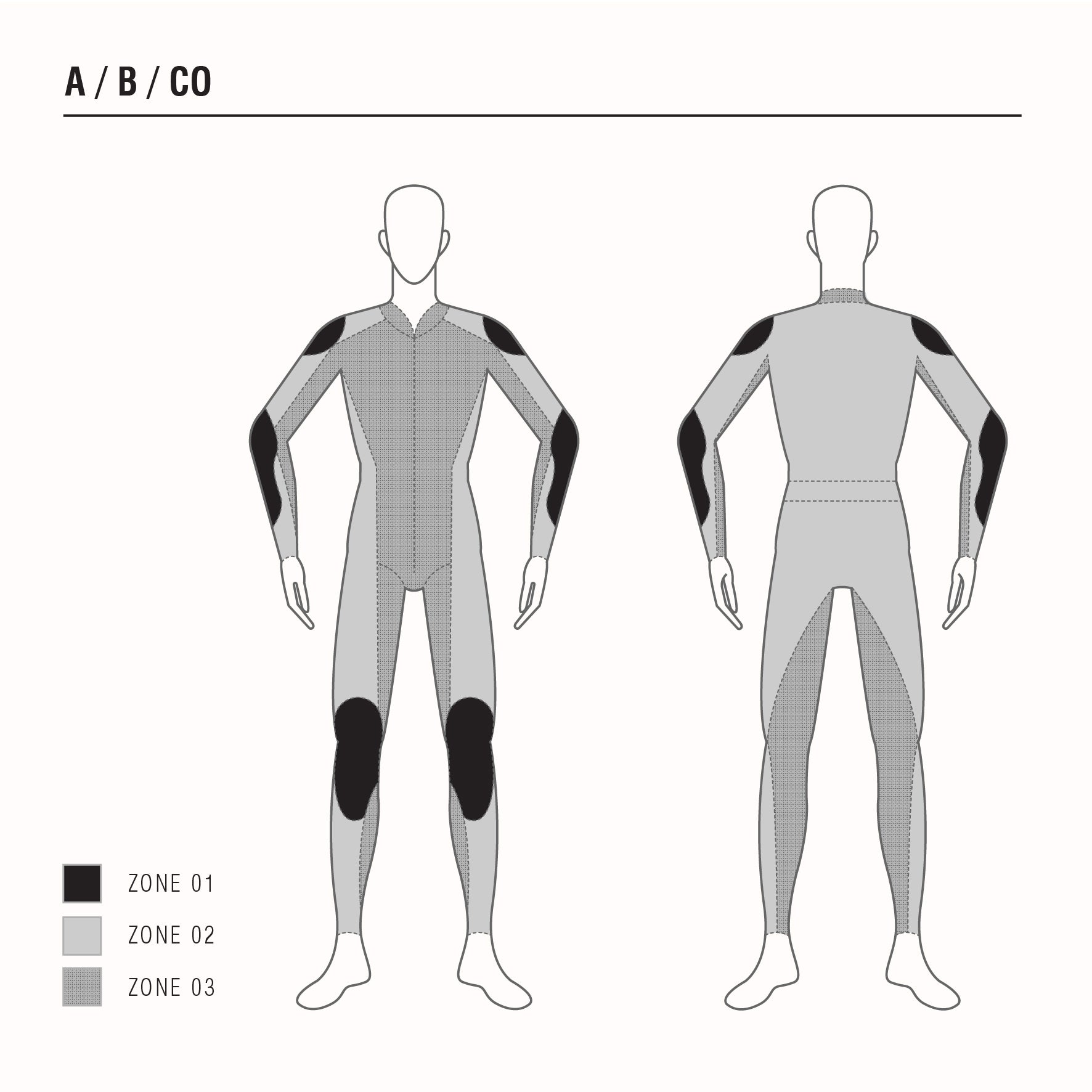
Class A Garments (EN 17092-4:2020)
Class A garments offer the minimum necessary degree of protection from impact and abrasion; using materials and constructions that meet lower requirements than garments certified as Class AAA or Class AA. Class A garments are expected to have the least ergonomic and weight penalties. Some examples can be garments designed to be worn in warm climates or garments designed to be worn alone or over other clothing.
All marked zones successfully pass required tests in the corresponding image.
Class B Garments (EN 17092-5:2020)
This class is specialized for garments designed to provide equivalent abrasion protection of Class A garments but without the inclusion of impact protectors. Class B garments do NOT offer impact protection and it is recommended that they be worn with, at least, EN 1621-1 shoulder and elbow impact protectors, in the case of a jacket, or EN 1621-1 knee impact protectors, in the case of trousers/pants, in order to offer complete minimum protection. Keep in mind, to achieve maximum protection from Class B garments (for example the Sierra jersey in the REV’IT! DIRT Series collection), they should always be coupled with Class CO or Class CU (Proteus protector jacket); that way the rider is getting both abrasion resistance and impact protection. We do not recommend wearing Class B garments without impact protection.
Zoning for a Class B and CO garments is the same as for a Class A garment.
Class C Garments (EN 17092-6:2020)
This class is for specialized non-shell, impact protector ensemble garments, designed only to hold one or more impact protectors in place, either as an Undergarment(U) or an Overgarment(O) – hence the CO and CU designation. Class C garments are designed to provide impact protection for areas covered by the impact protector(s) only and they do not offer complete minimum abrasion protection, and may not offer complete minimum impact protection. Class C garments are designed to offer supplemental impact protection only. It is intended for Class C garments to be worn in combination with AAA, AA, or B garments to enhance protection class.
CU garments do not have zoning since they do only offer impact protector that is provided by the protectors carried in the product.

We can test but we can’t certify
Because of our in-house test lab, we have the ability to run potential fabrics and materials through rigorous tests (the same ones used in the CE certification process) that we could end up using in our garments; an advantage that other clothing manufacturers don’t necessarily have. That said, we don’t self-certify for PPE regulation. We investigate, we test, we see how certain fabrics perform, and based on this data, we compile a fabrics and constructions library. The ones that pass and exceed – based on CE criteria, as well as our own REV’IT! standard – as mentioned, can end up in your next favorite jacket or trousers.
To have a garment CE certified, the tests must be conducted through/at a notified body, a third party that’s involved. As the company, we provide detailed product information (called a “technical file” which includes what materials are used where, drawings, constructions, etc.) and the notified body will take those documents and compare them to the garment itself; making sure what we provide on paper is not falsified and truly reflects the garment. The notified body will then run the required tests on the garment(s) and confirm compliance or not. A garment either passes or fails for a certain classification.
Recognize CE-certified garments by their labels
Not everyone plays by the rules, and so it’s important to take notice of the following information when trying to figure out whether a garment, boot , protector, or pair of gloves is actually CE-compliant. Part of CE compliance is also correct labeling, and this is a relatively easy way to distinguish fake labeling from authentic labeling.
How to check if a garment is CE-certified?
Every garment/protector/gloves/boots/shoes in the store (products launched to market after April 2018), which has been CE certified will always have a booklet explaining in which class it has been certified in. There will also be either markings or labels indicating which class of protection it provides and the standard against which it was tested. Care and maintenance instructions will also be provided, among others.
Furthermore, in the booklet, you will find a special website address, on which you can request a so-called DoC; the Declaration of Conformity of the product. This will then be provided to you by mail. If the item you’re looking at is not certified, there is no DoC. Easy, isn’t it? Check out if the product you own is a CE compliant garment.
Is wearing a CE-certified garment mandatory?
There’s quite a bit of literature being disseminated that riders must wear CE-certified motorcycle clothing while riding. This is false. Depending on the country or region you live in, there are minimum requirements of what you are legally obligated to wear (likely only a helmet, a pair of boots or gloves, if even that), but the rest is up to you. This is, however, likely to change in the nearby future.
With the EN 17092 standard being harmonized, it means that clothing sold in stores with the purpose of being used while motorcycling do comply with specific requirements. Because, as mentioned, clothing that looks like it’s geared toward riding must actually reflect it in the worst-case scenario situation.
What you choose to wear while riding is (still) your choice. No one is forcing you to wear CE-certified garments. Please also note that clothing developed before 2018 did not have to be compliant, so you will still find plenty of garments at your favourite dealership that does not have the appropriate labels inside. That does not necessarily mean the garment isn’t safe. It just has never been submitted to certification. But, in our experience, and in your best interest, we absolutely recommend that you wear the maximum protection you can atop your bike. You owe that to yourself and your loved ones.
Reality check
It’s important to remember that there’s a common misconception that your motorcycle clothing will walk away from an accident unscathed. That it will remain intact despite a fall at a certain speed on an abrasive/non-abrasive surface even if it lives up to strict standards by which it was tested against. That’s not always the case. Riding clothing – including jackets, pants, gloves and boots – are there as a second skin; a shield so to speak. They are there to mitigate/minimize damage to your body. Meaning, they’ll be there to take the hit so your skin and body can stay intact.
In taking that hit, there will likely be damage to the outer shell. Note: every crash and fall is different. While we have insight as to how a fabric should perform, real life can sometimes throw curve balls. Think of it like this: a car is designed to keep you safe in a crash, but the energy of the crash has to go somewhere. It usually results in damage, cosmetically or structurally. But the driver and the passengers can walk away with minimal impact on their bodies. Riding is inherently dangerous. Making sure you have as many safety components around you is what we’re promoting. Not for us, but for you. If you’ve ever seen the end result of a motorcycle accident where a rider was not wearing protective gear, you’ll understand what we mean.
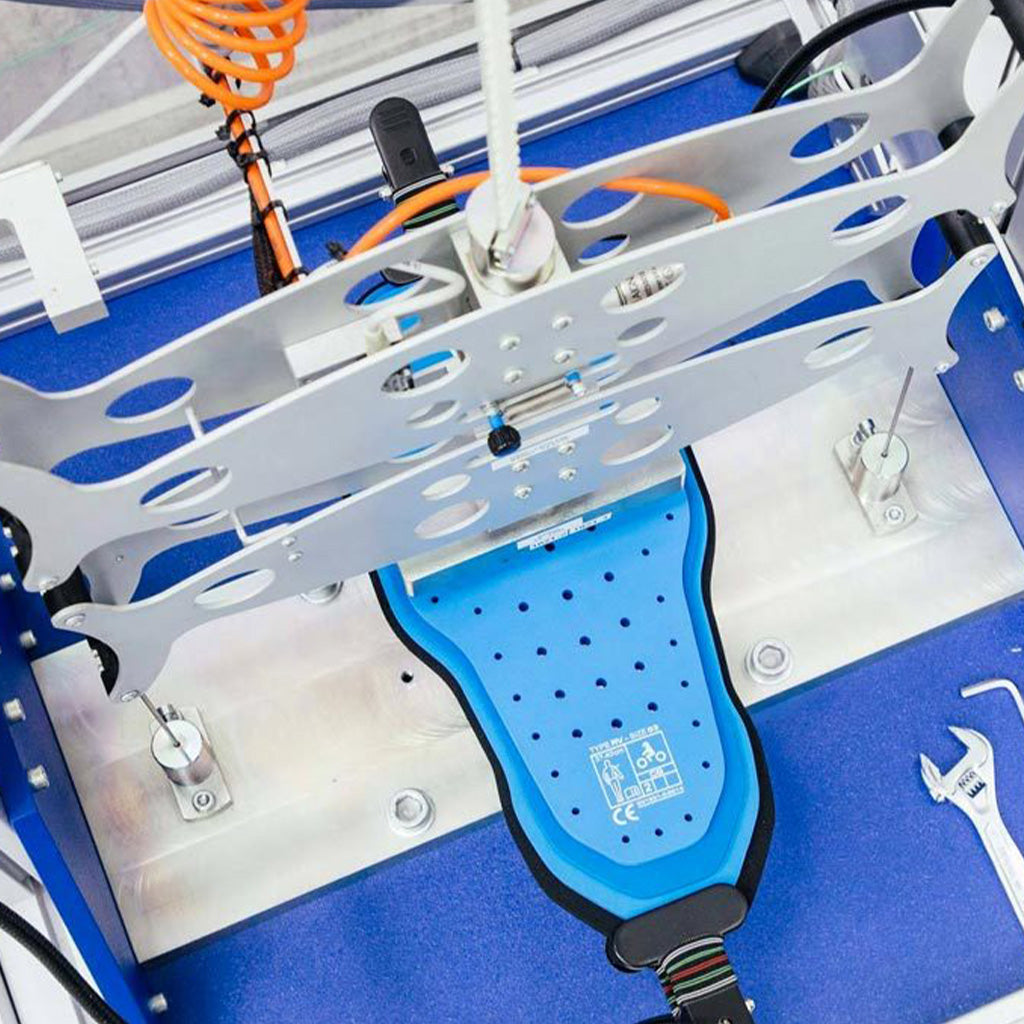
CE-certification is a serious business
At REV’IT!, our goal is to not only provide you, the rider, with some of the most innovative and design-driven technical motorcycle clothing on the market, but to make sure you’re as protected as possible. That’s why we take the CE requirements very seriously. And not just that. We enthusiastically embrace the fact that the new rules apply to all apparel manufacturers as it will prevent the market from being overflooded with protective claims that simply don’t hold up to any scientific test. Certifying a garment based on EN 17092 is the art of balancing safety, engineering, affordability, weather protection, breathability, and more. It’s a well-thought-out standard created by industry professionals.
All you need to do is carefully check the labels, markings, and instruction manual provided with the garments, boots, impact protectors, and gloves and make sure it’s the real deal.
We’re proud to say that our entire collection of motorcycle clothing, boots, limb protectors, and gloves all meet CE certification requirements.
Ride safe!
